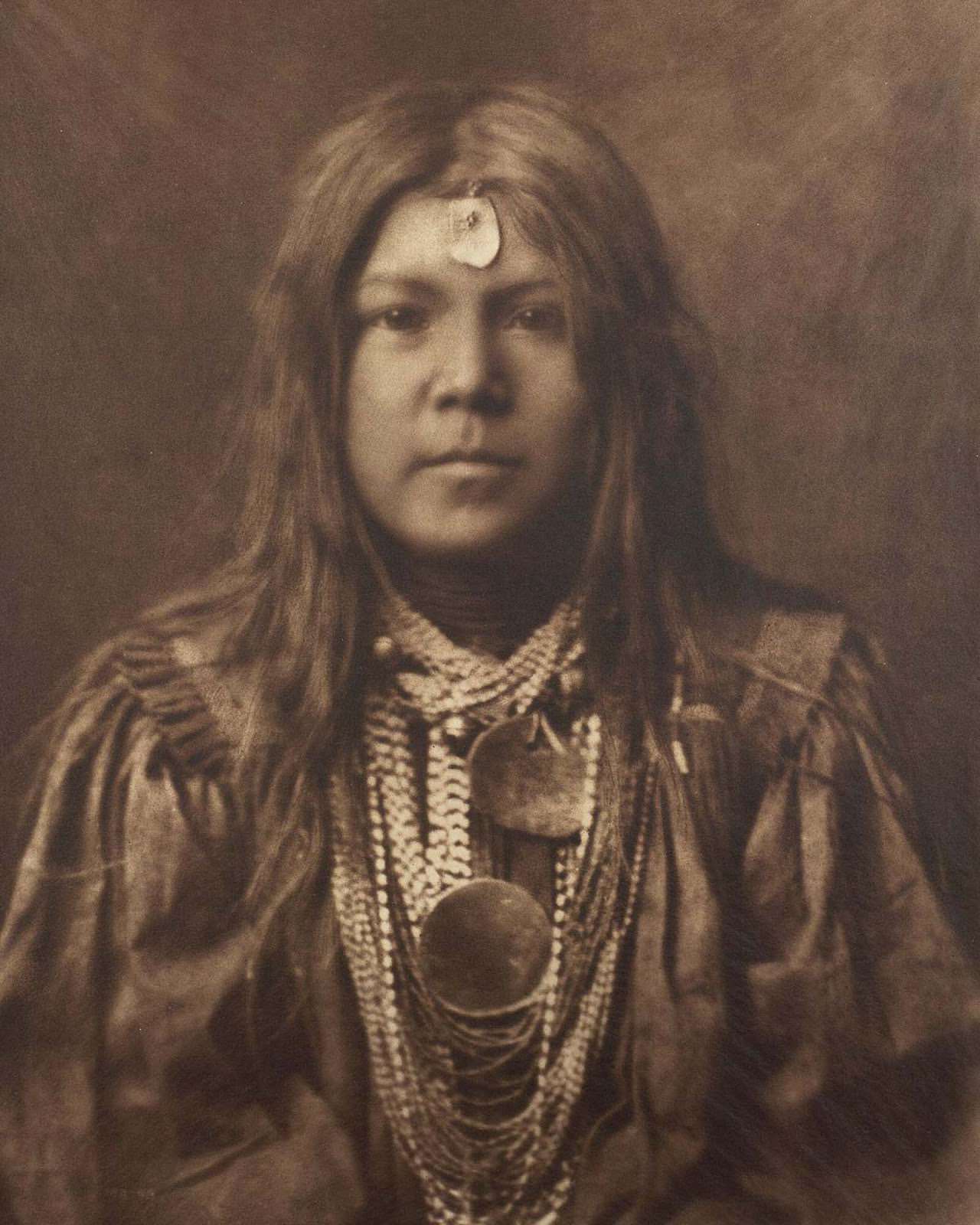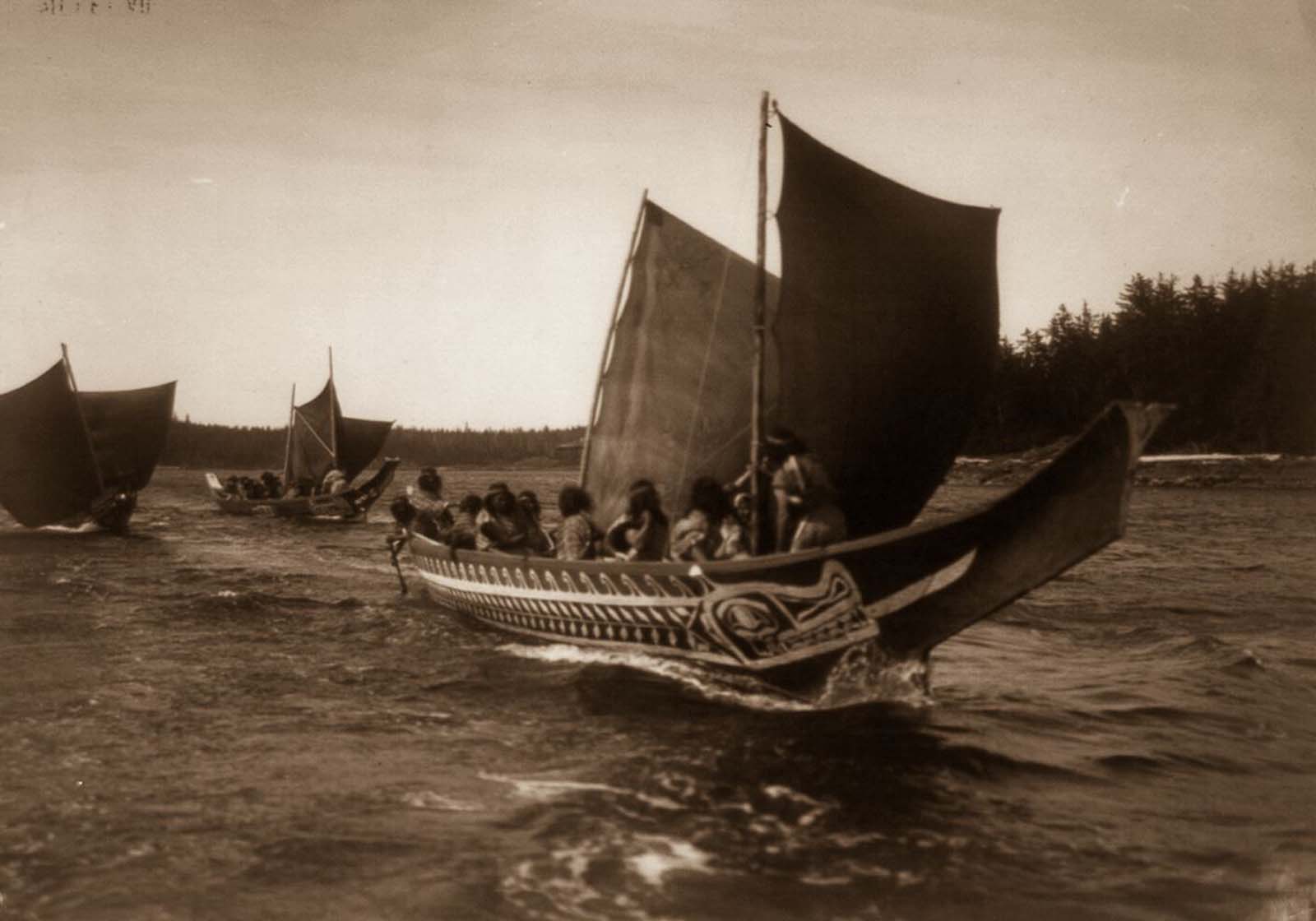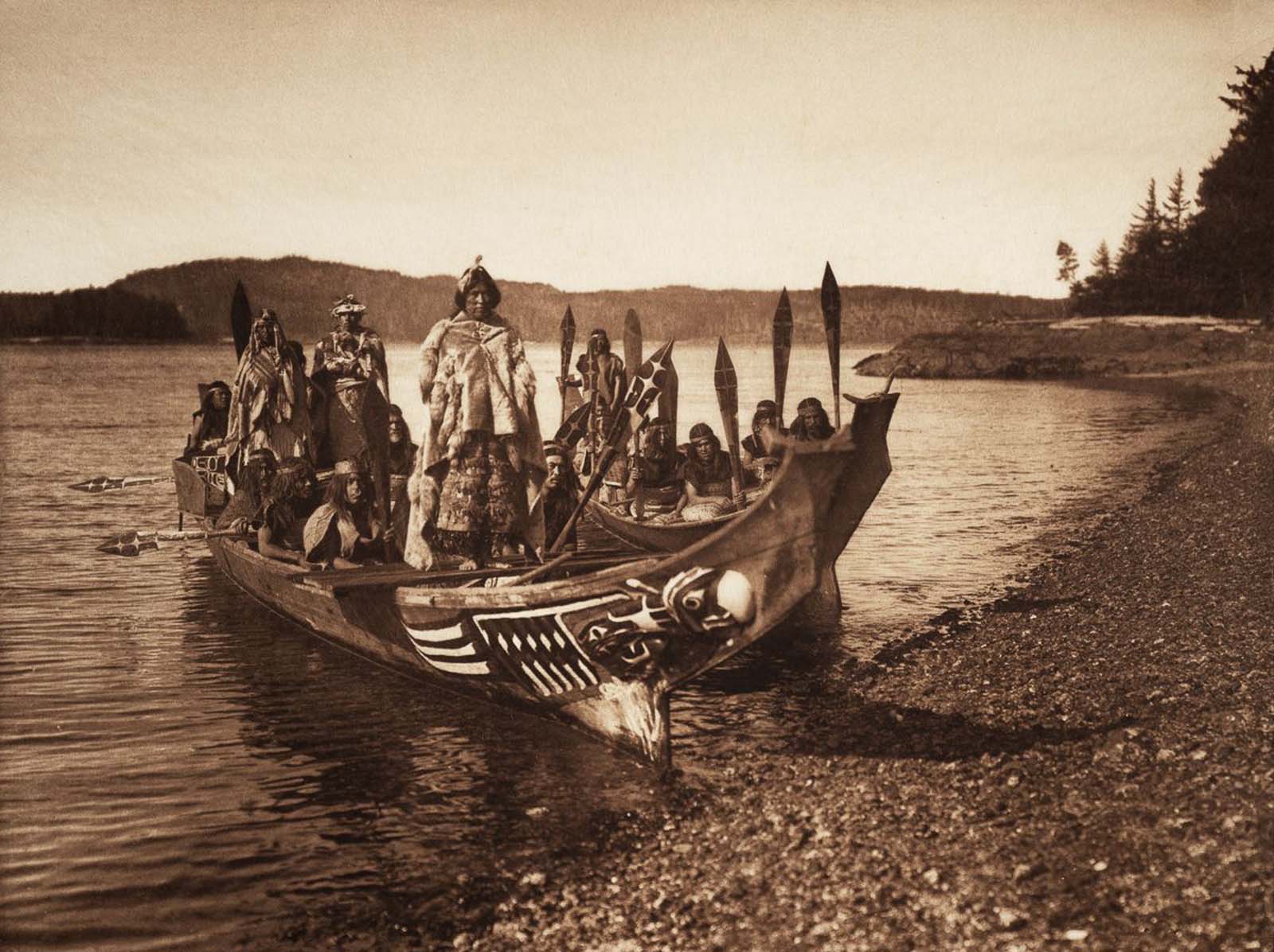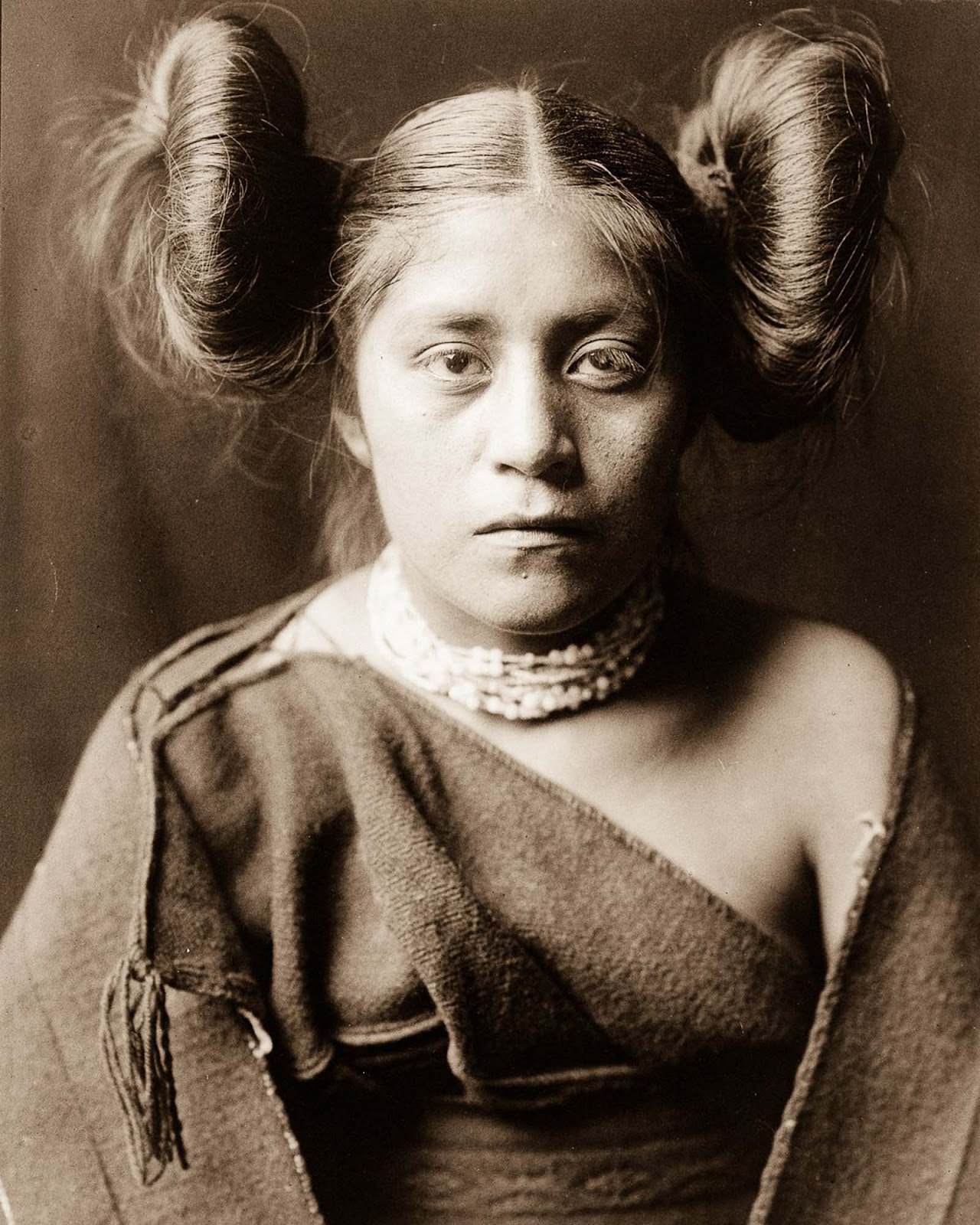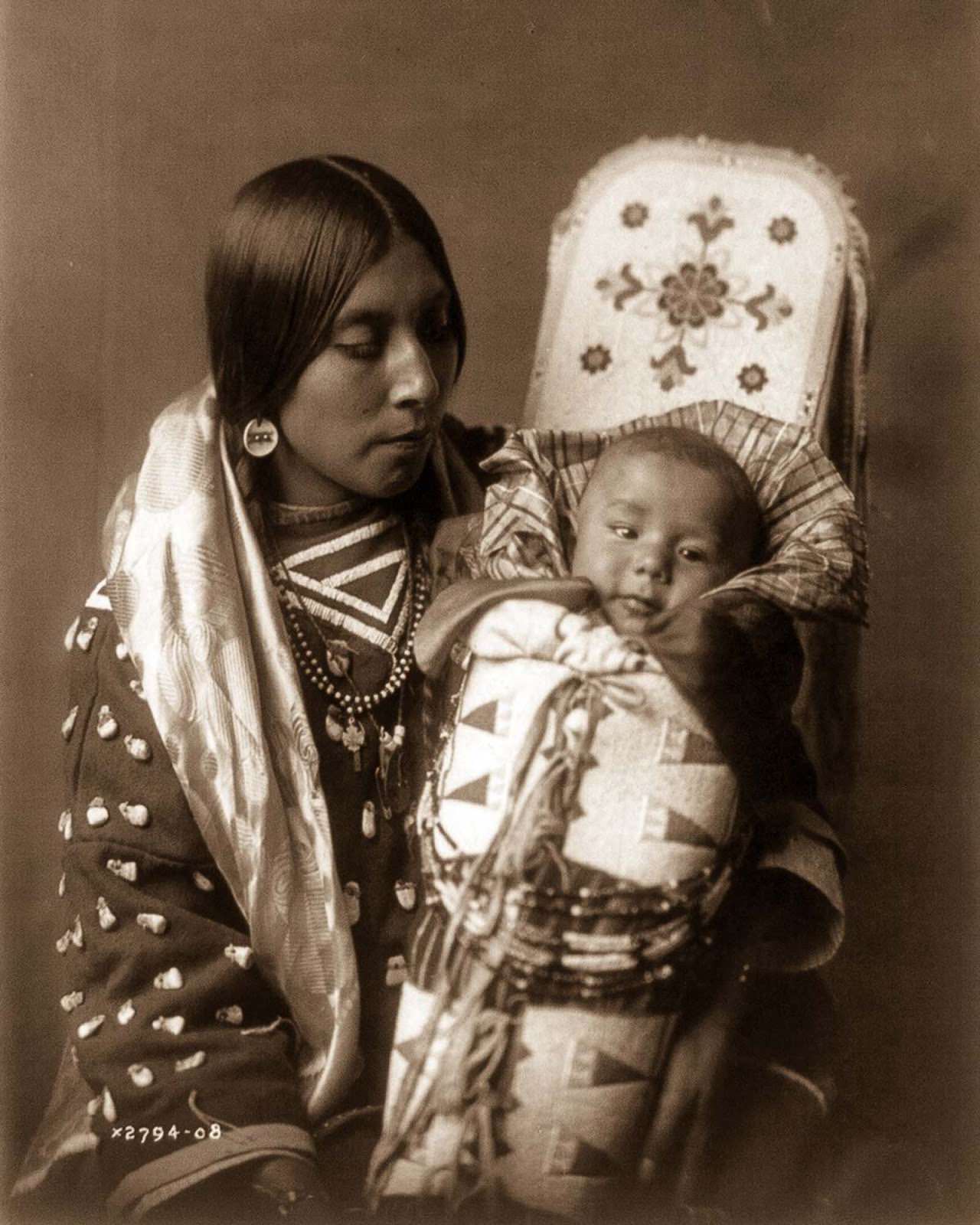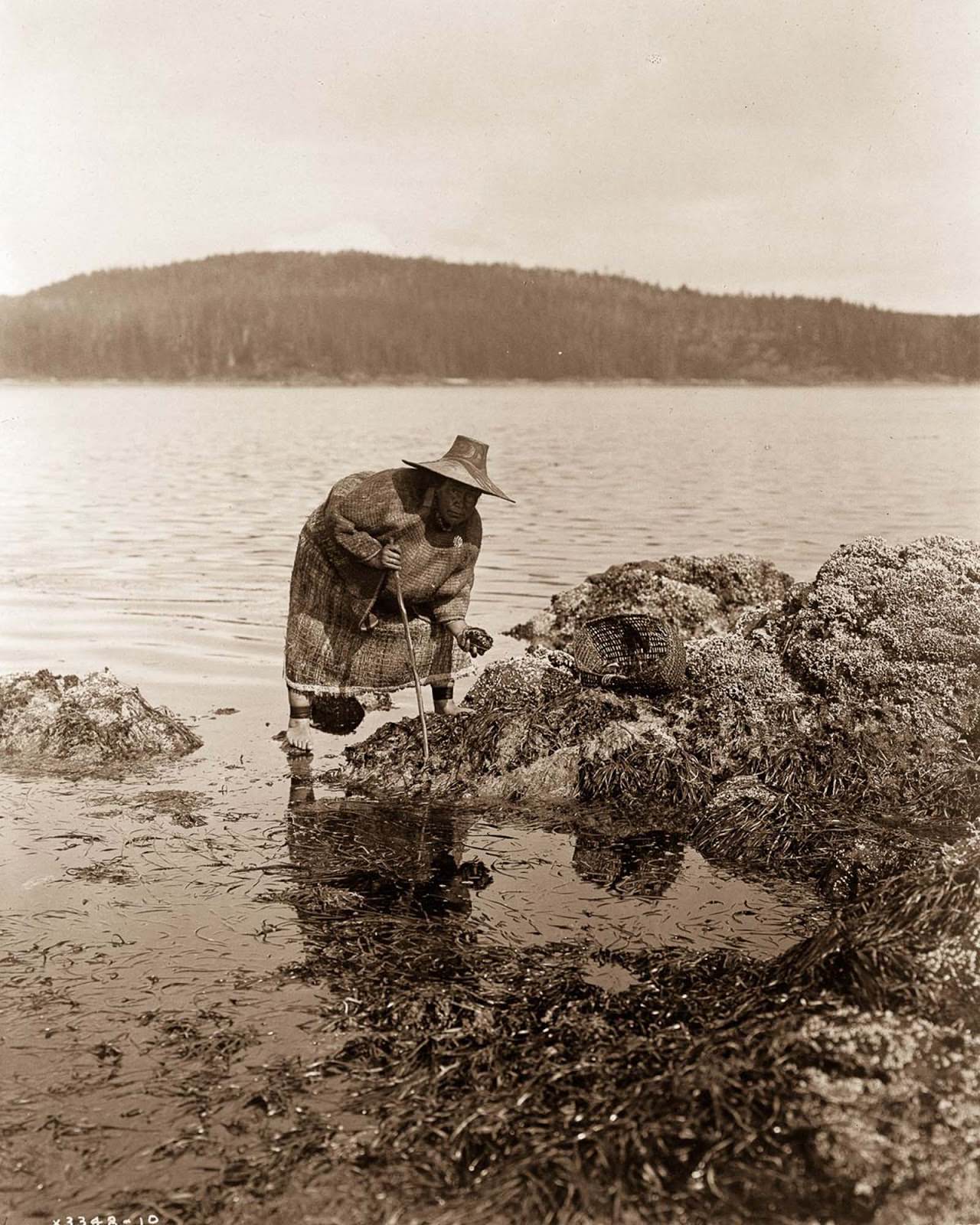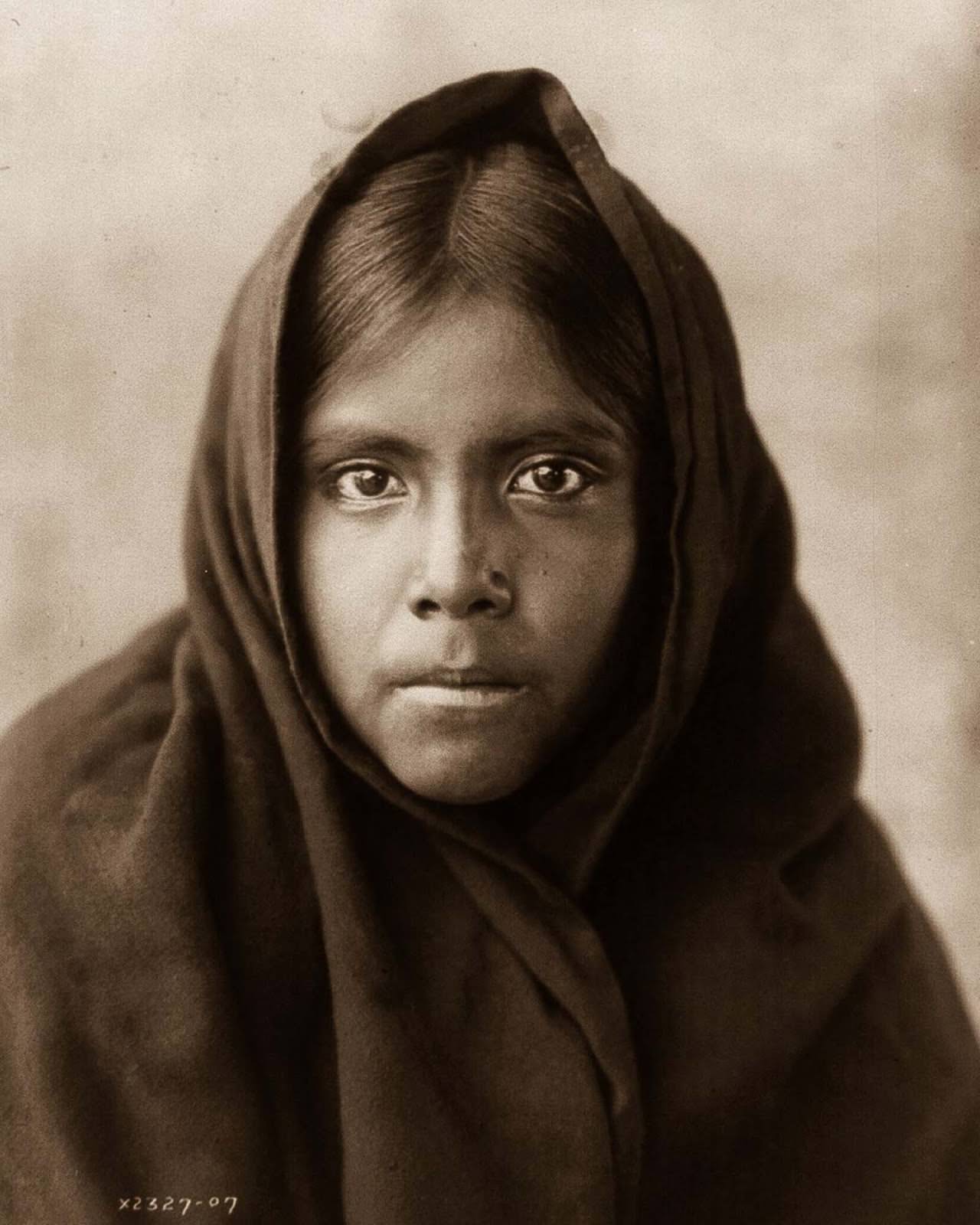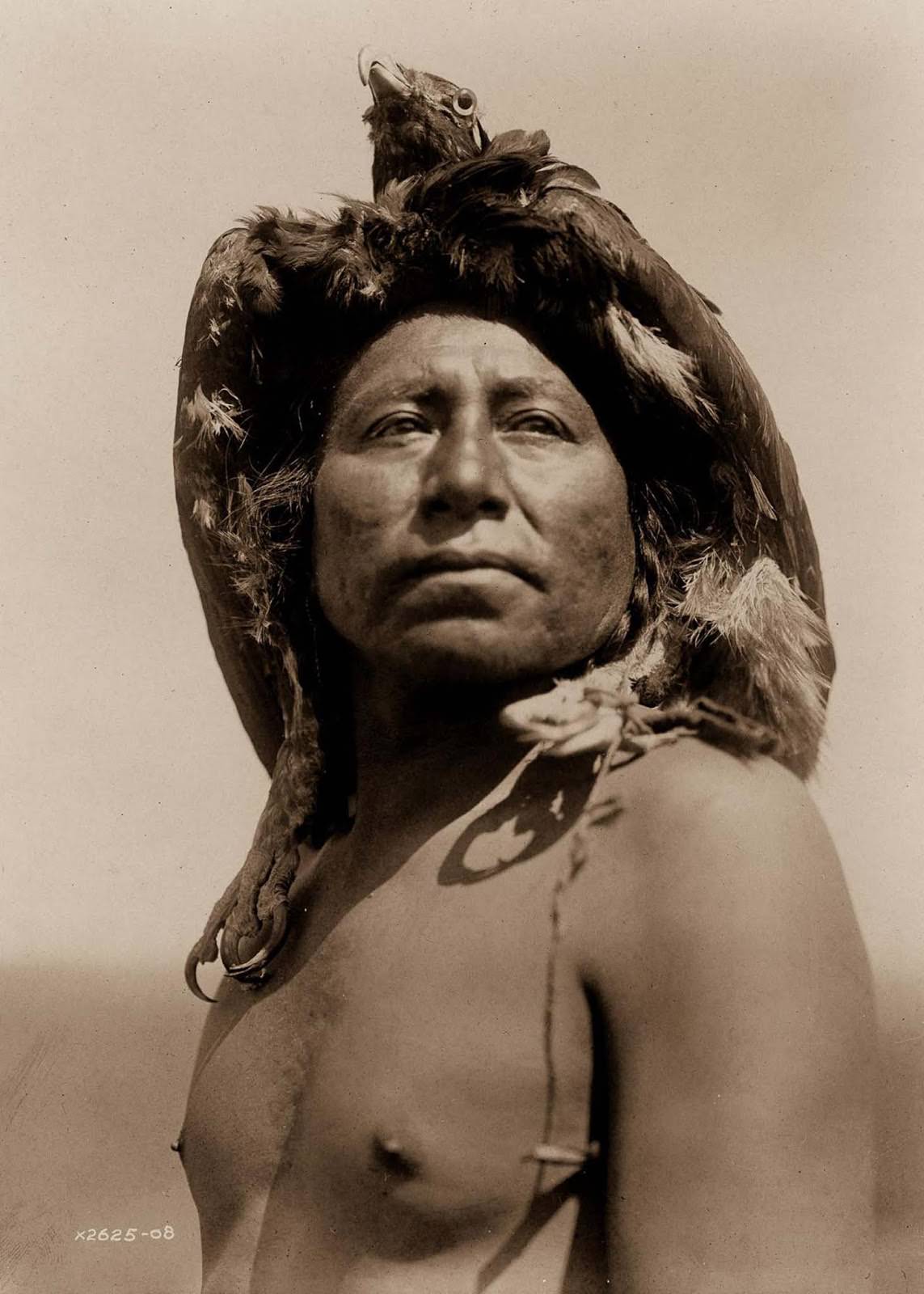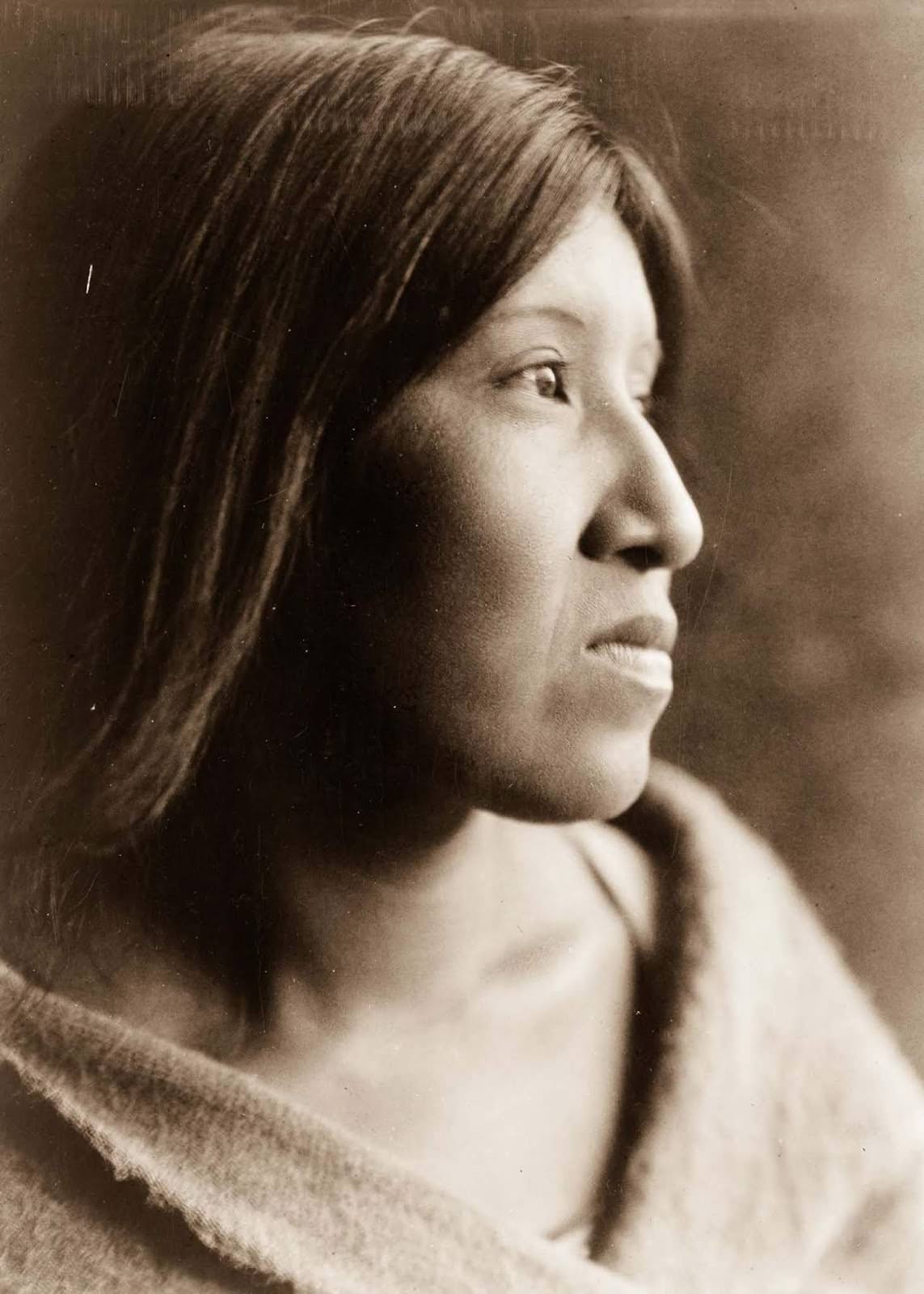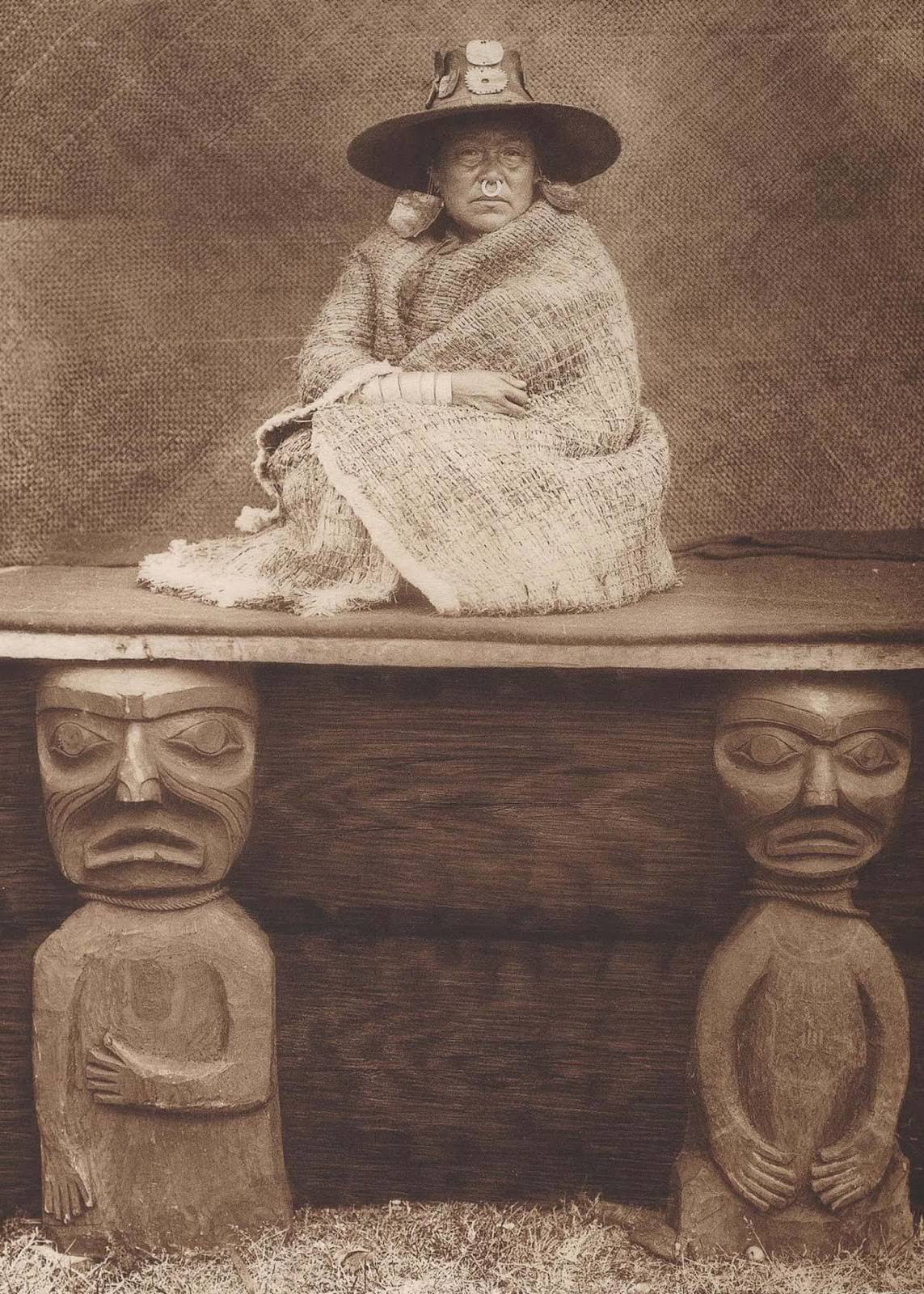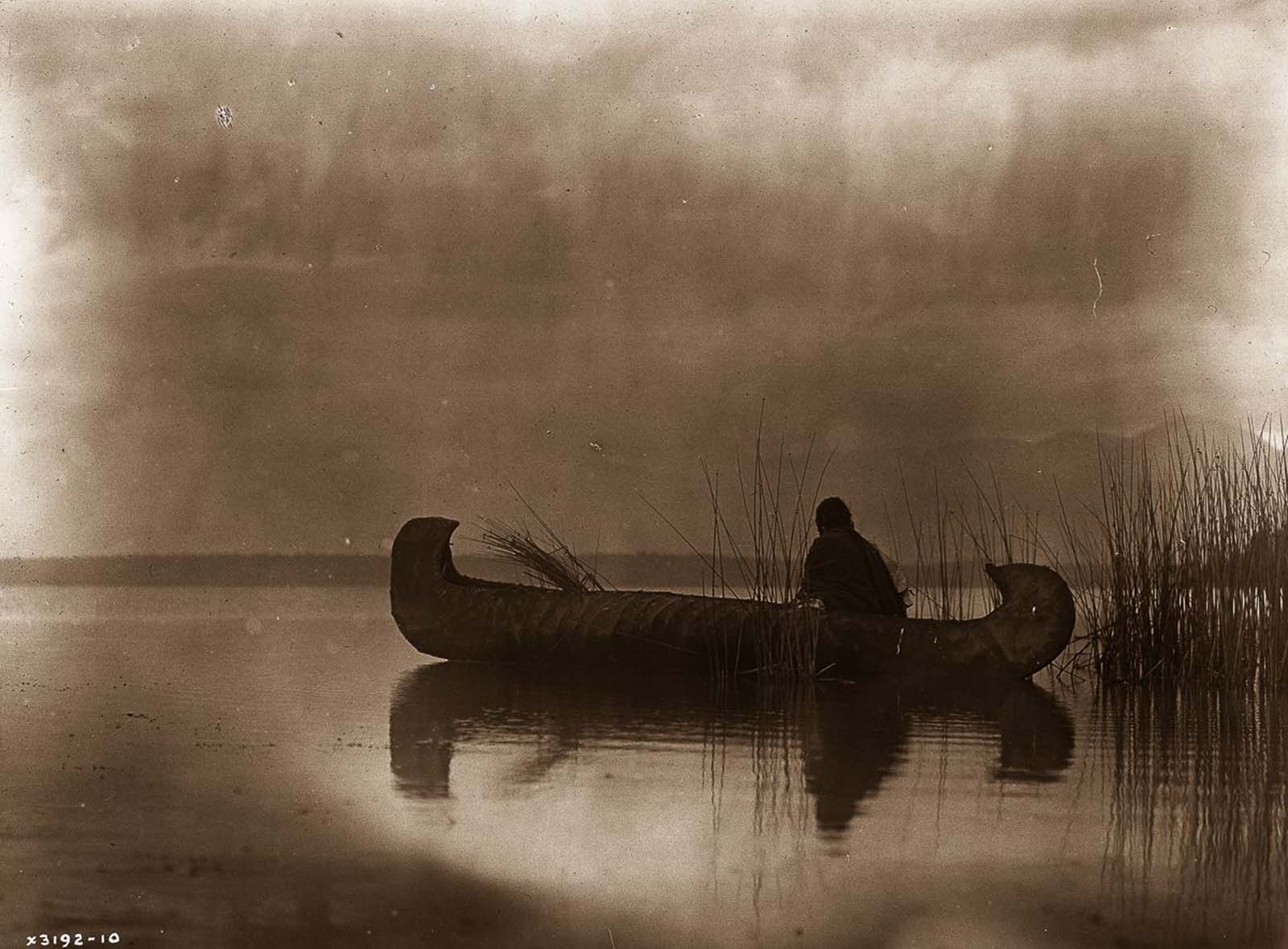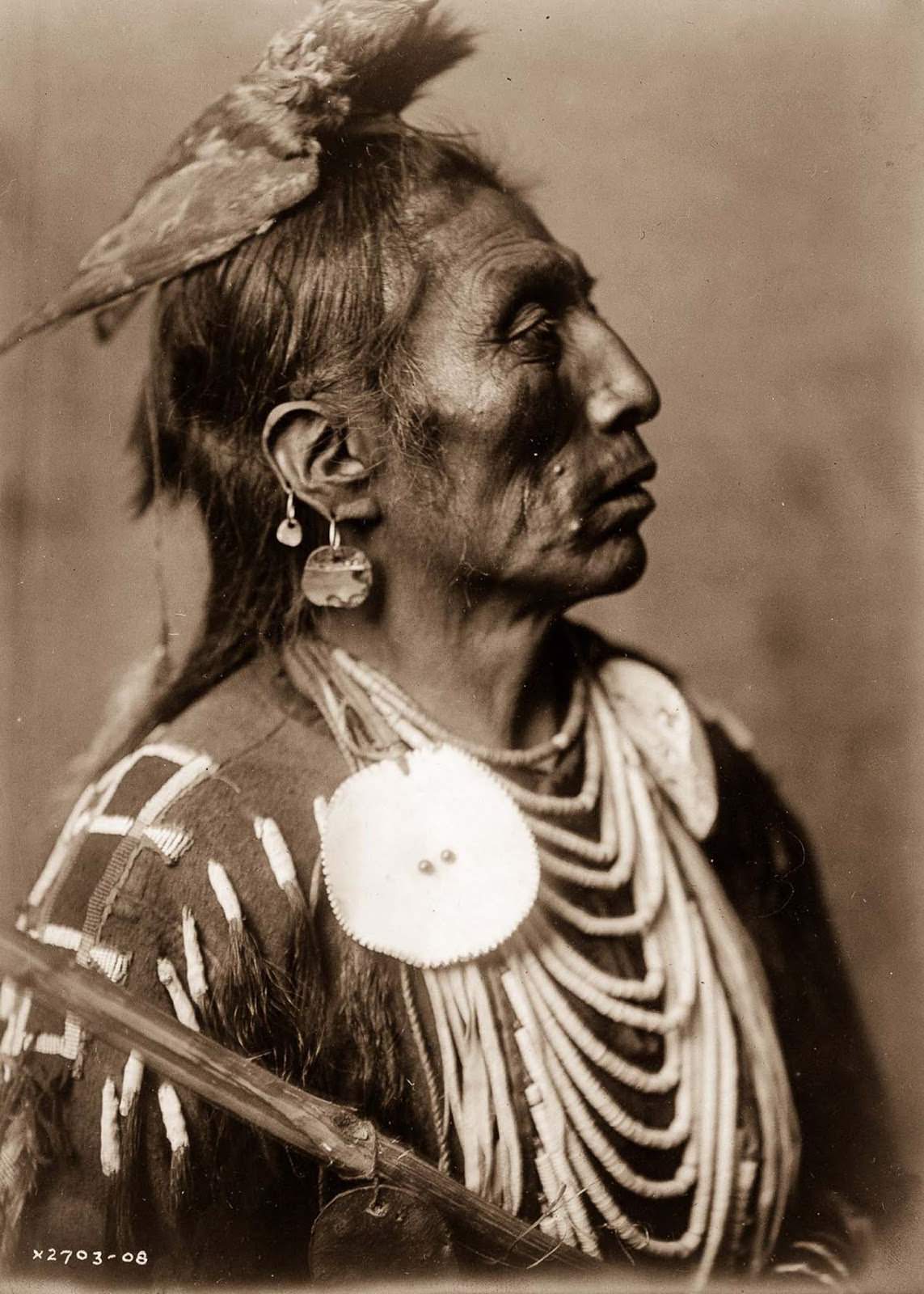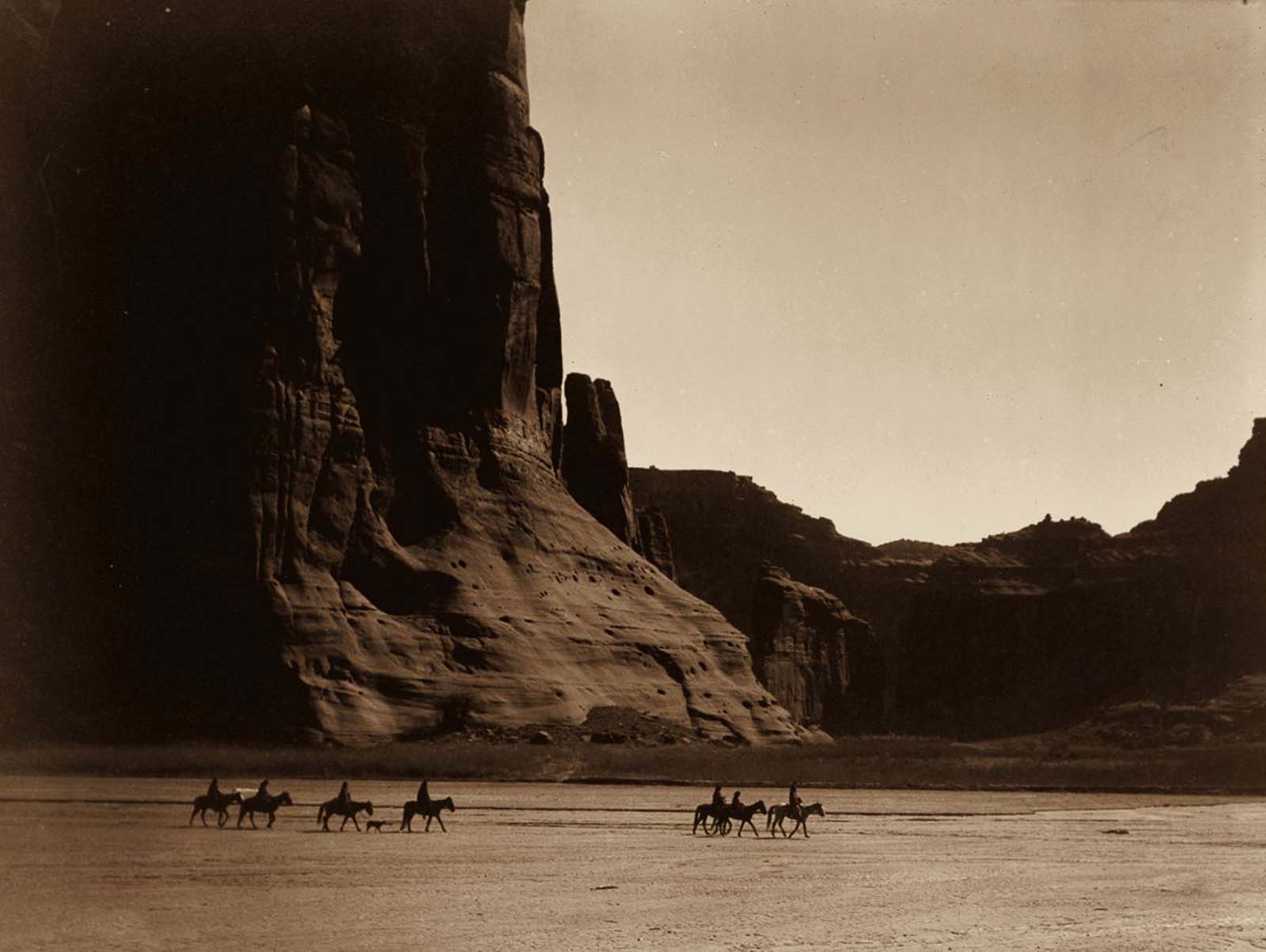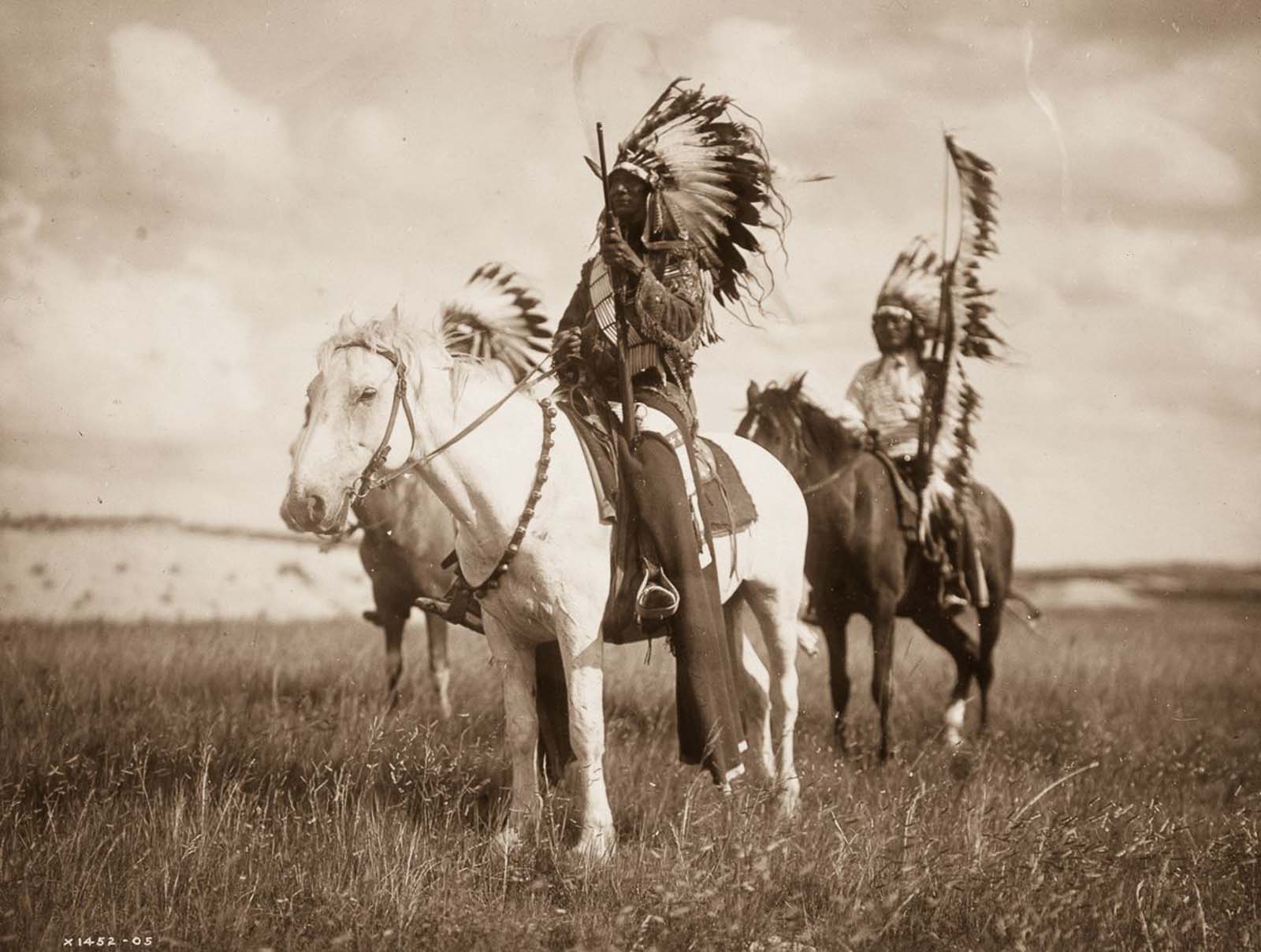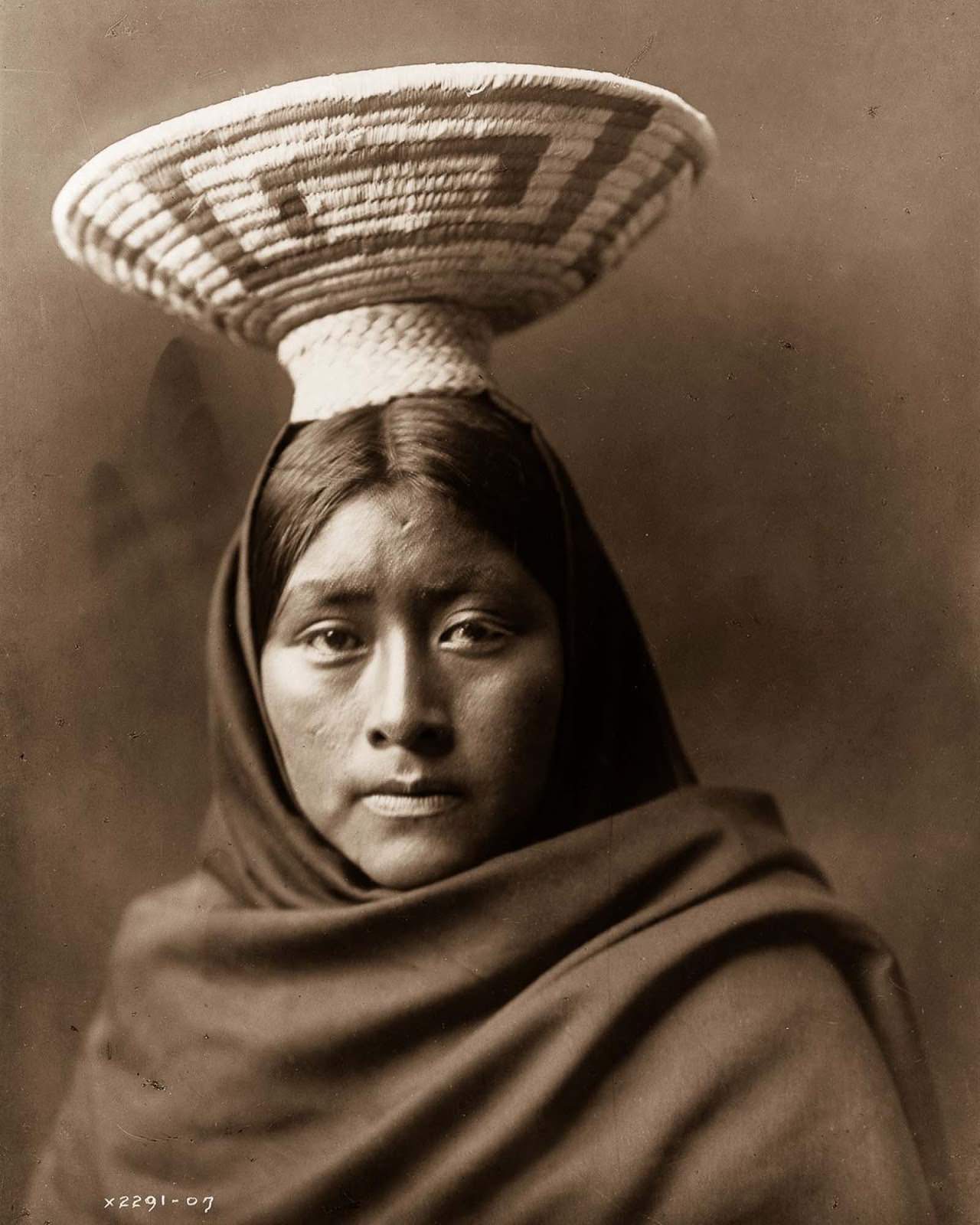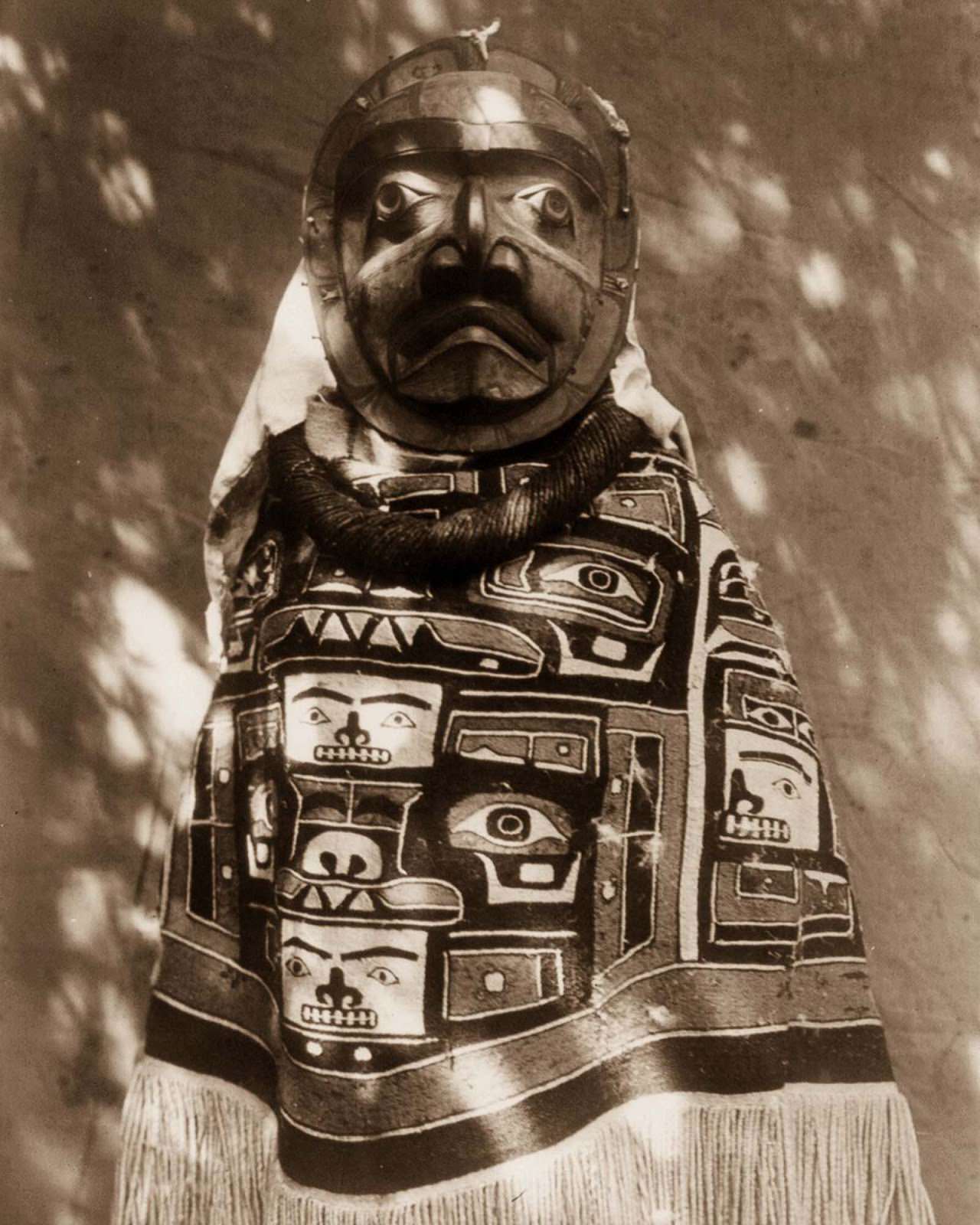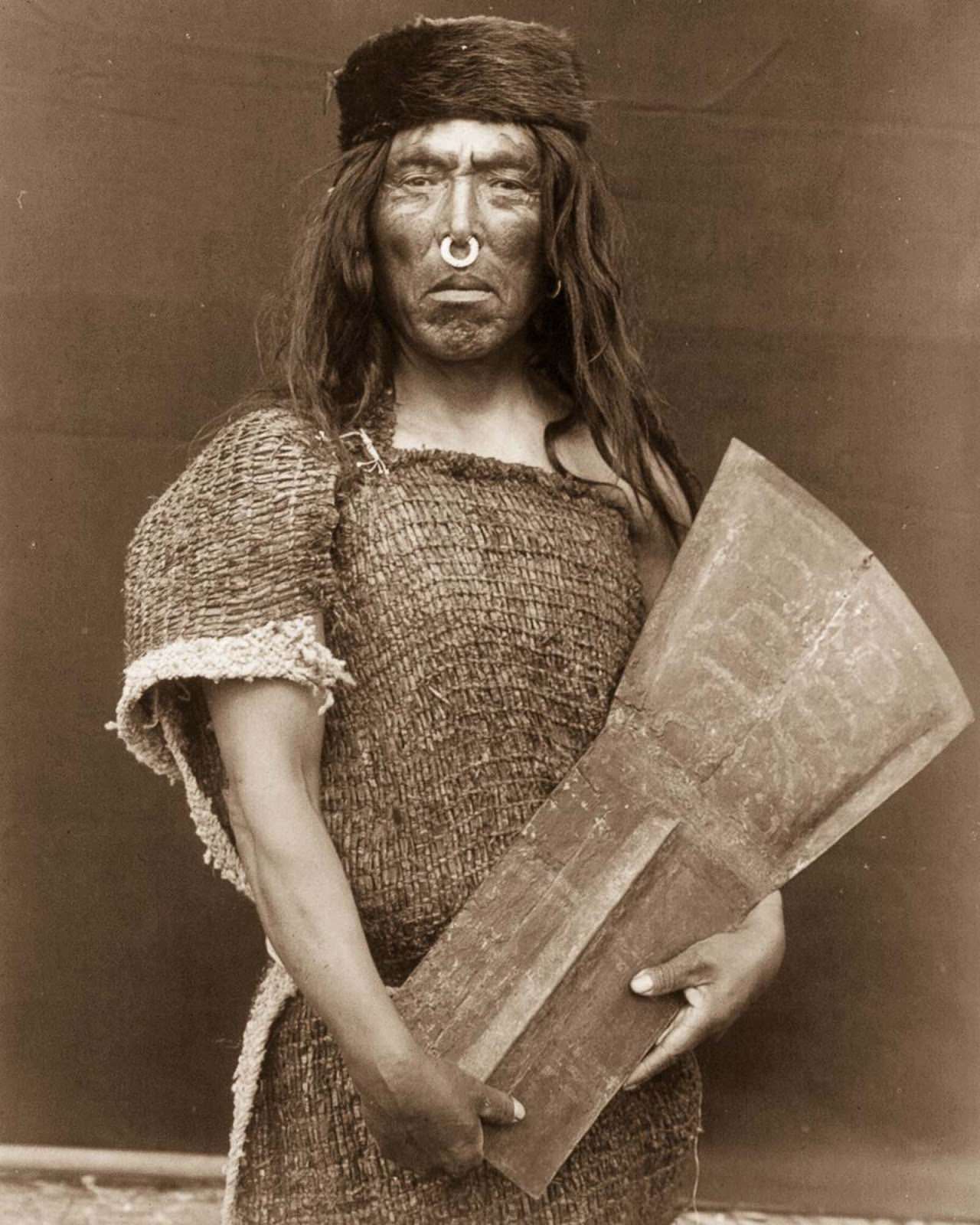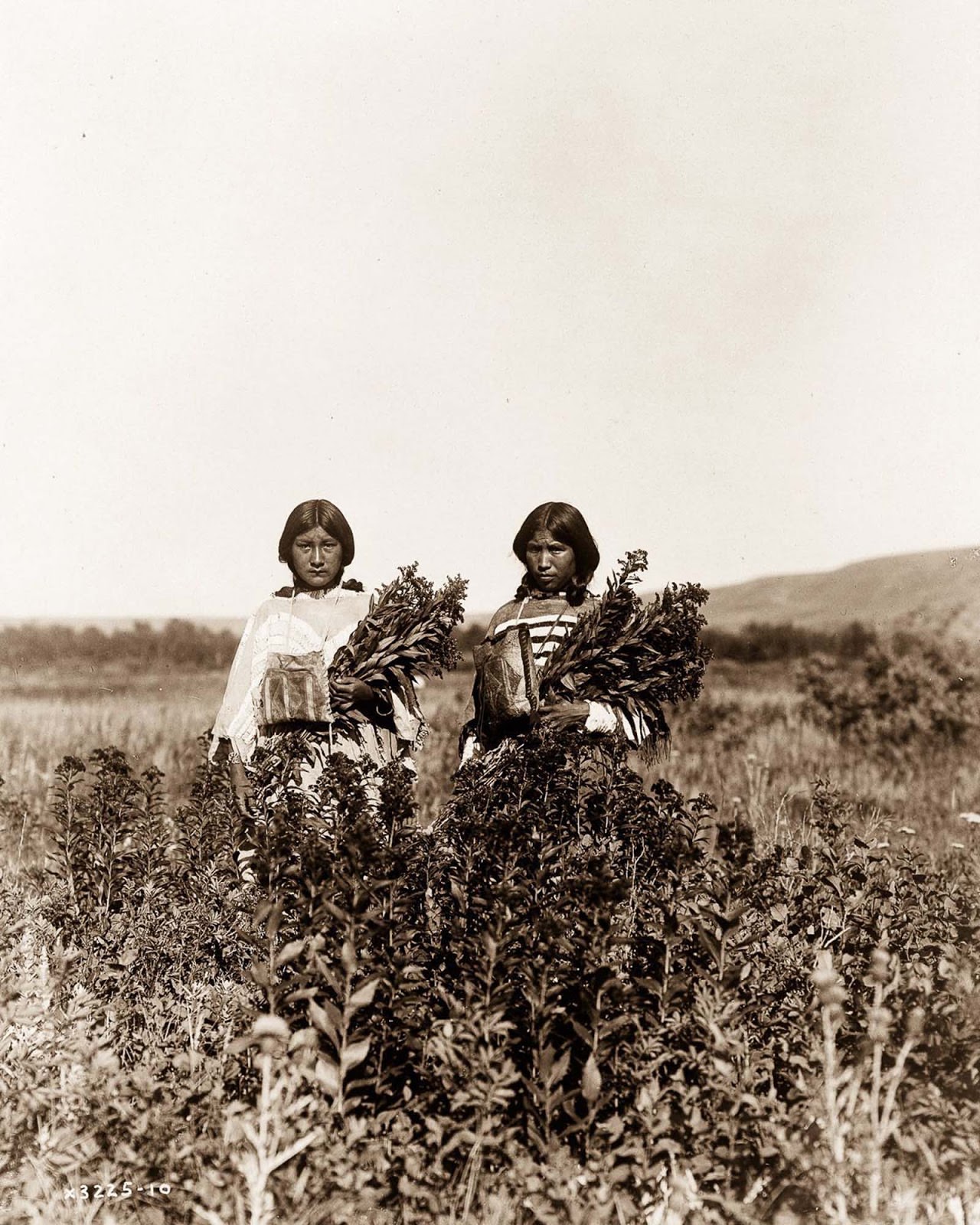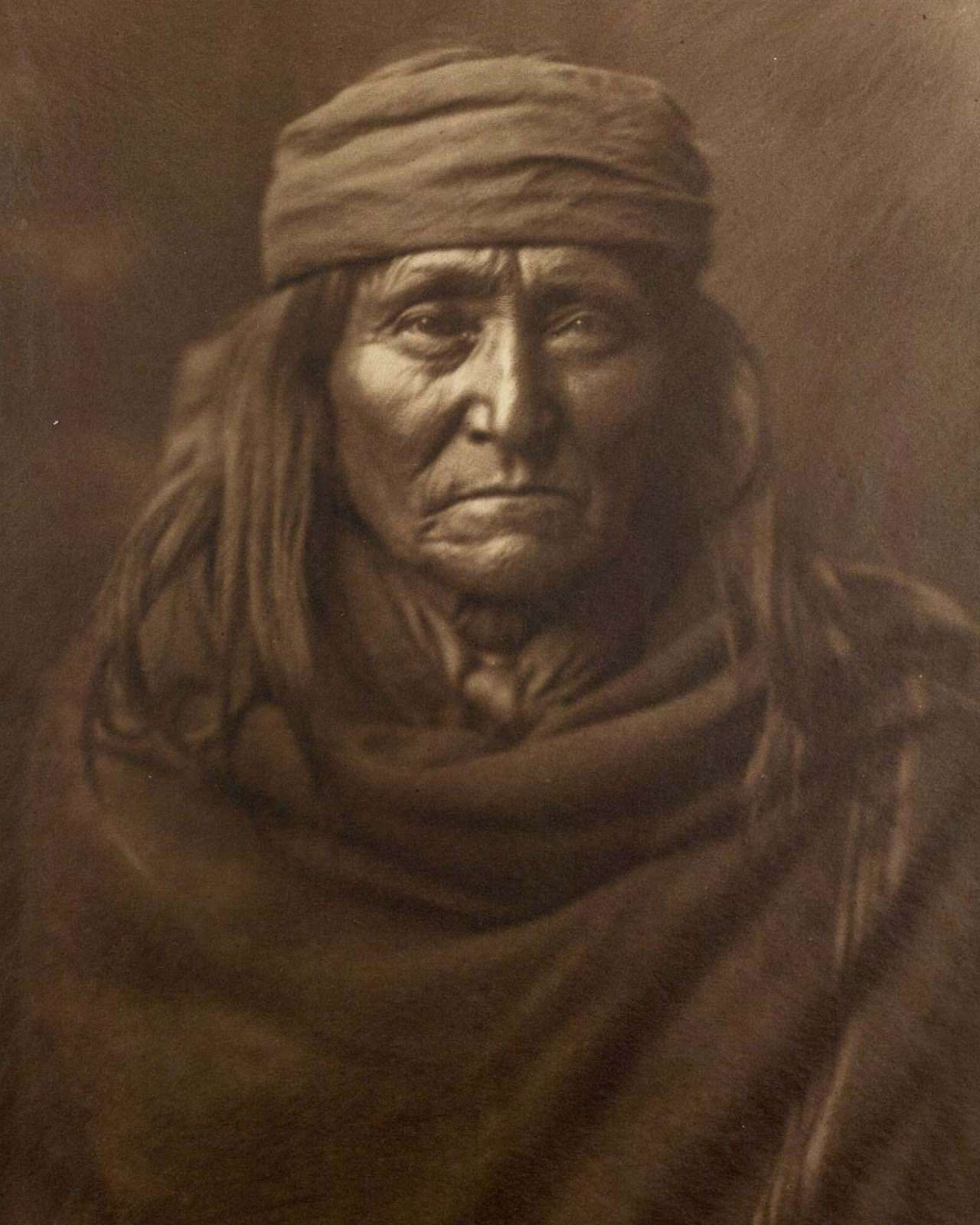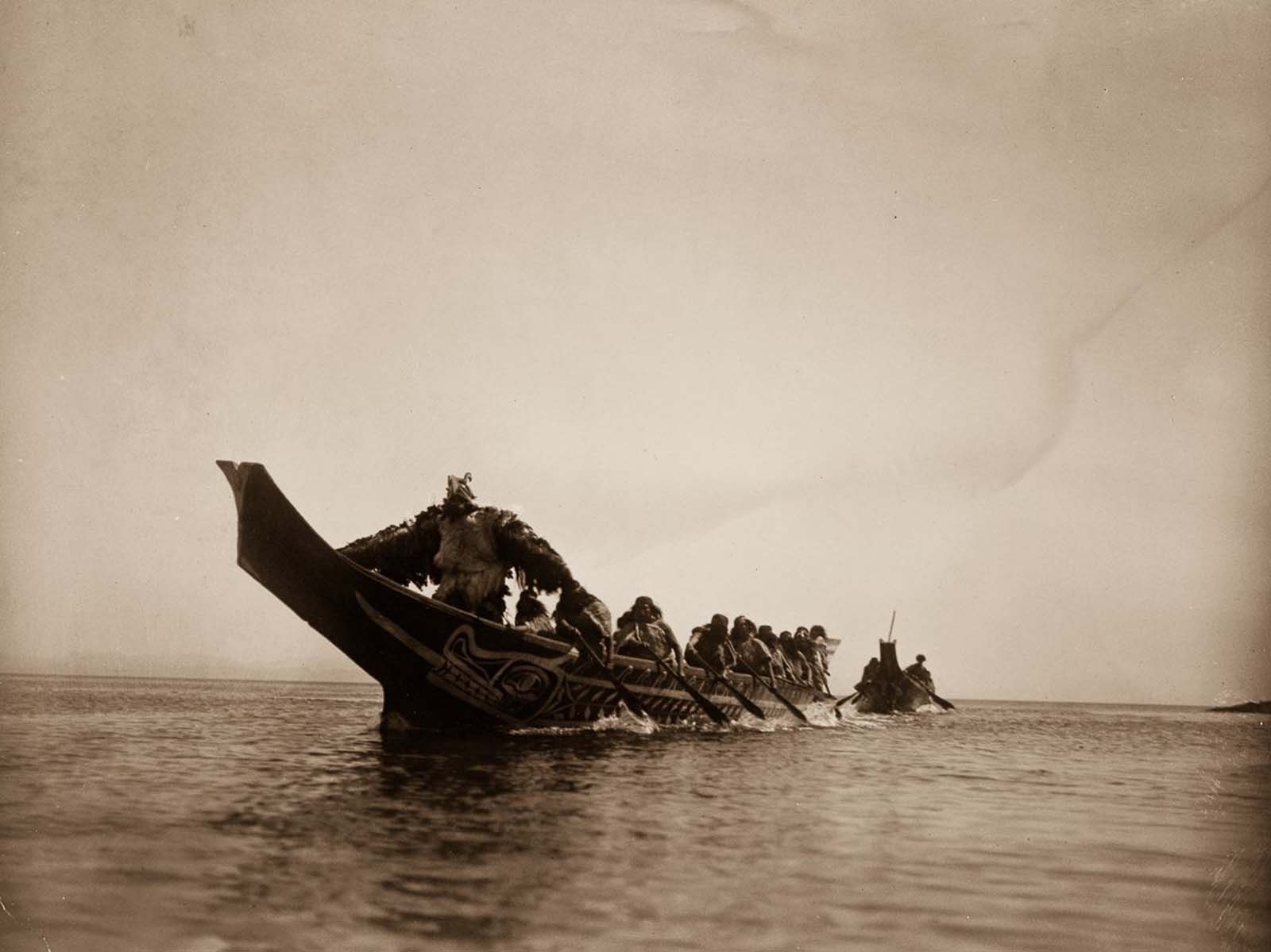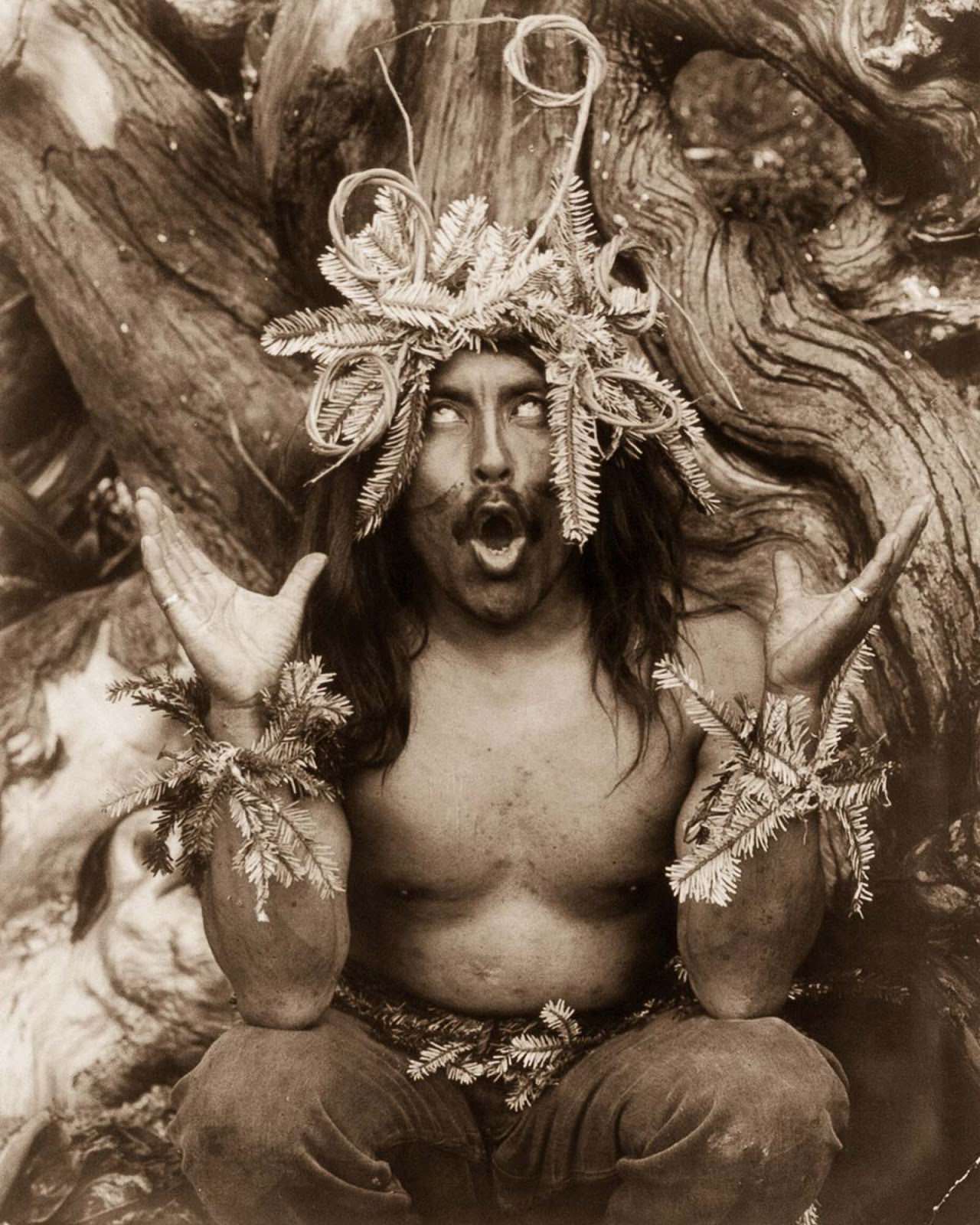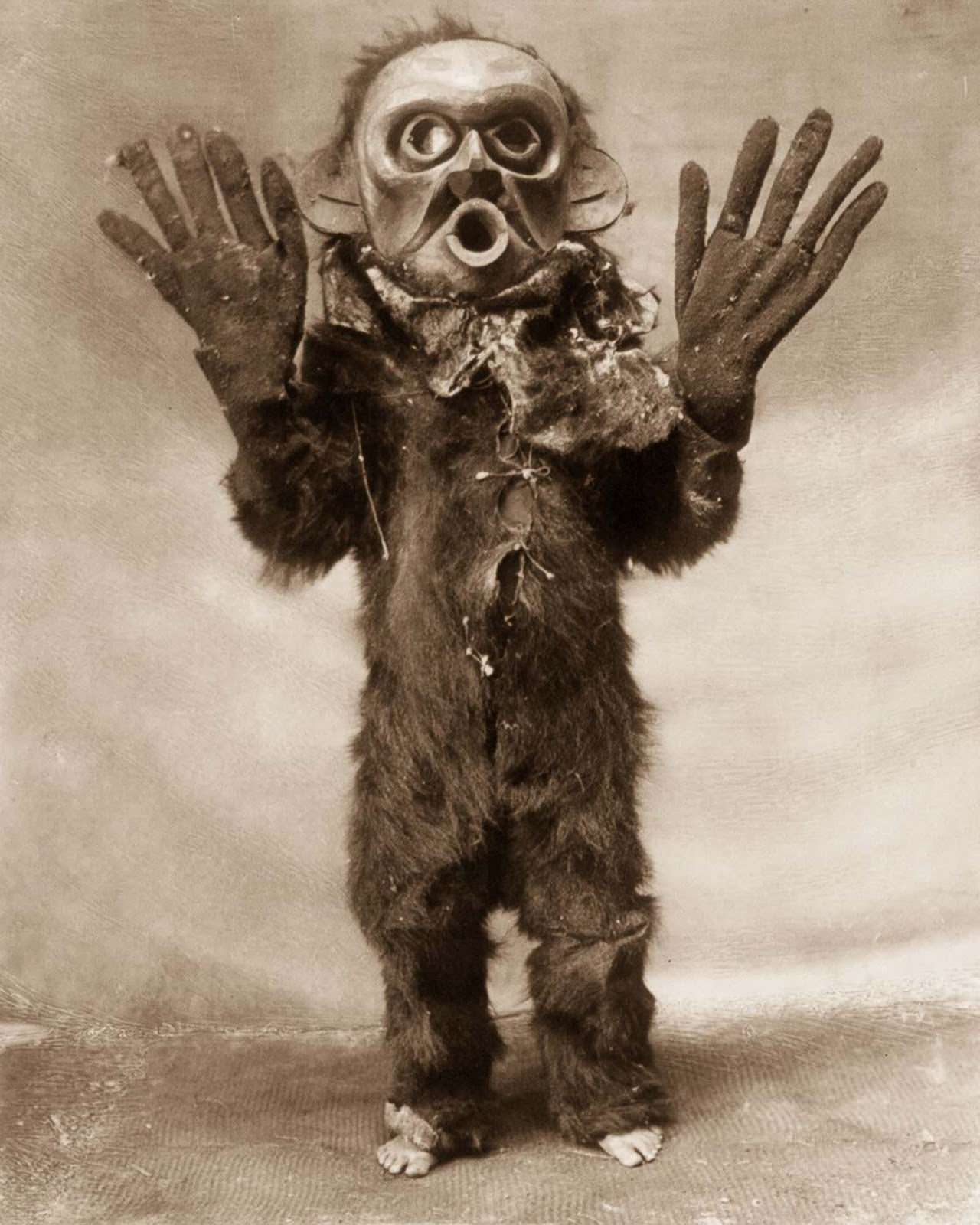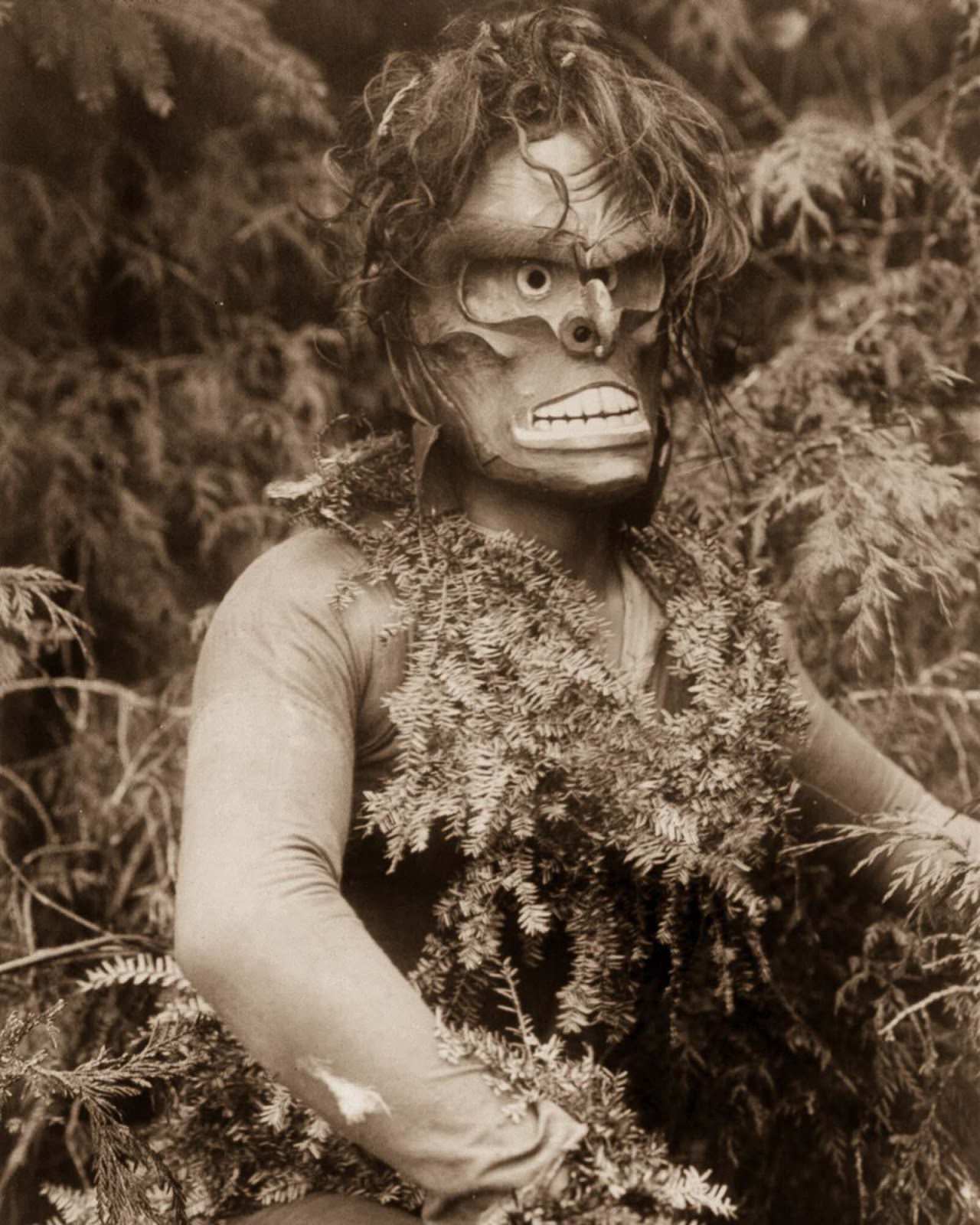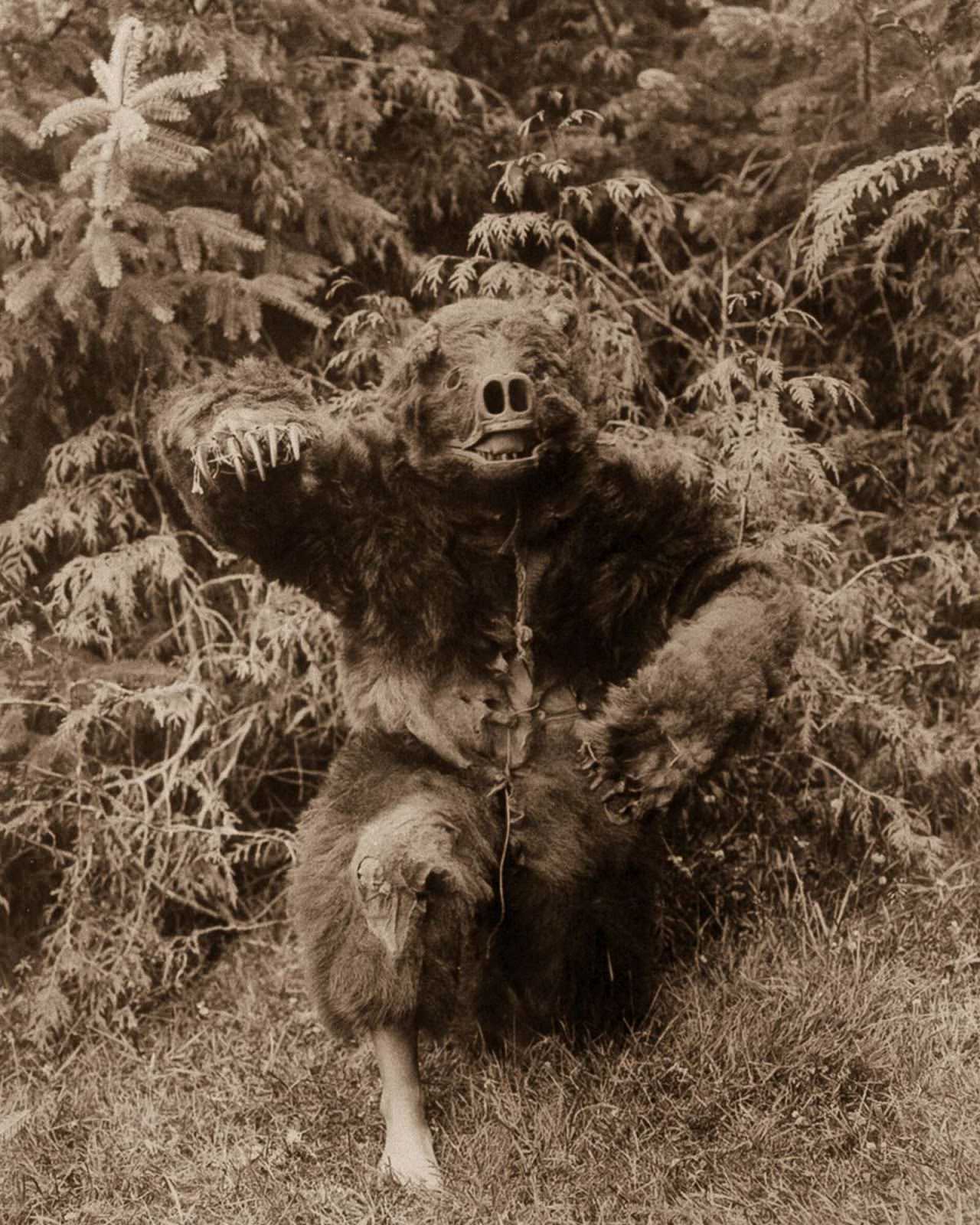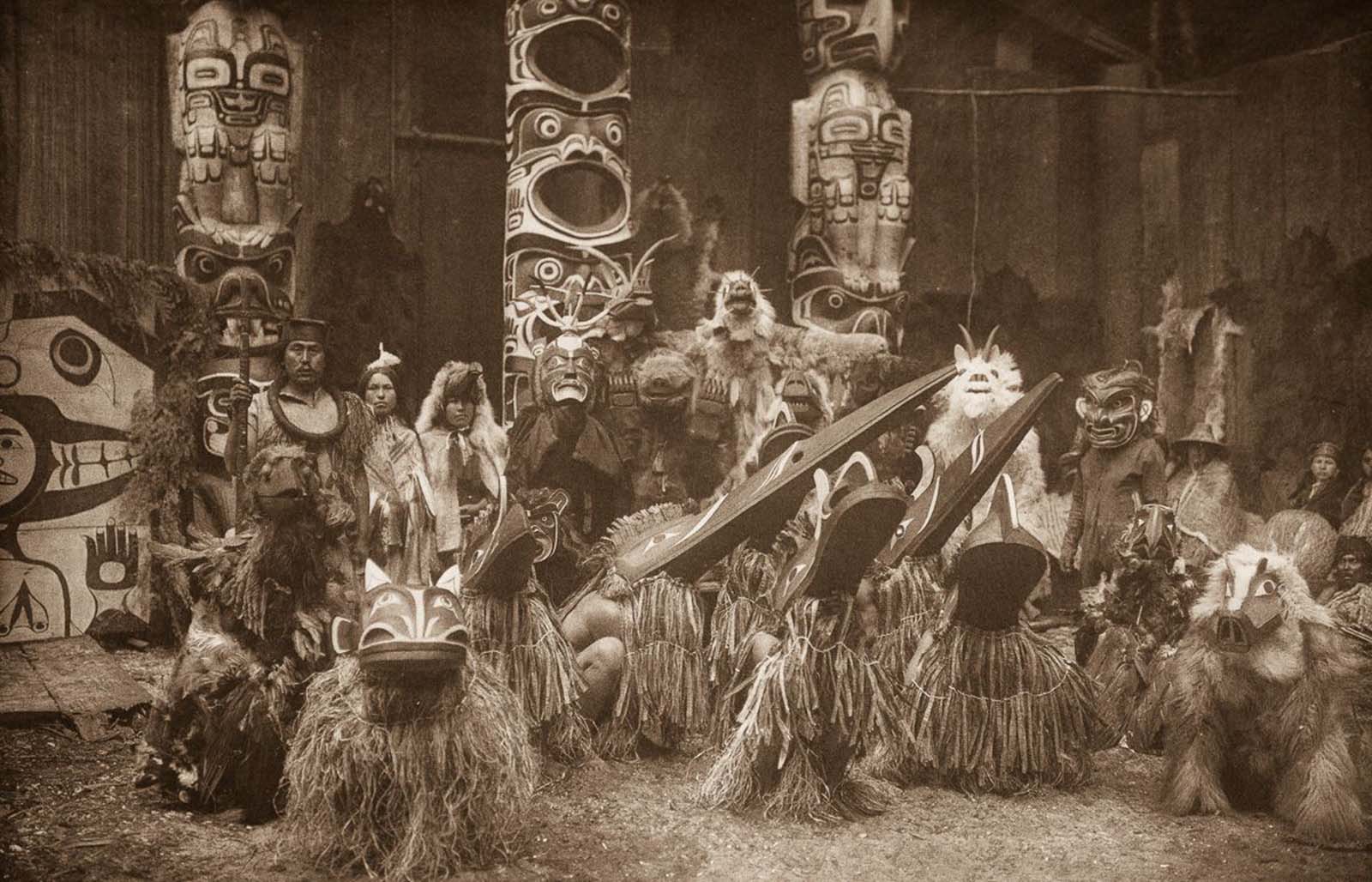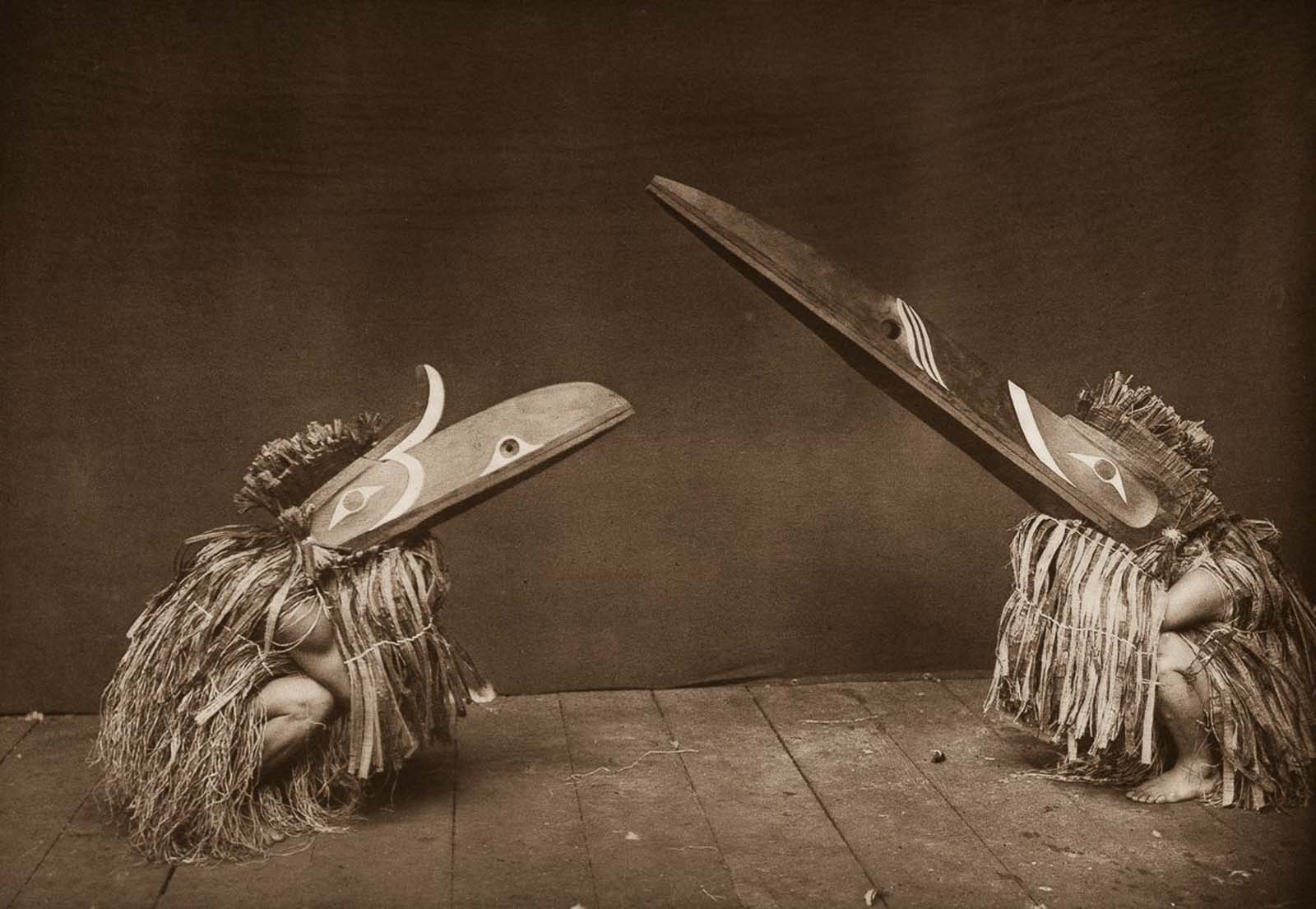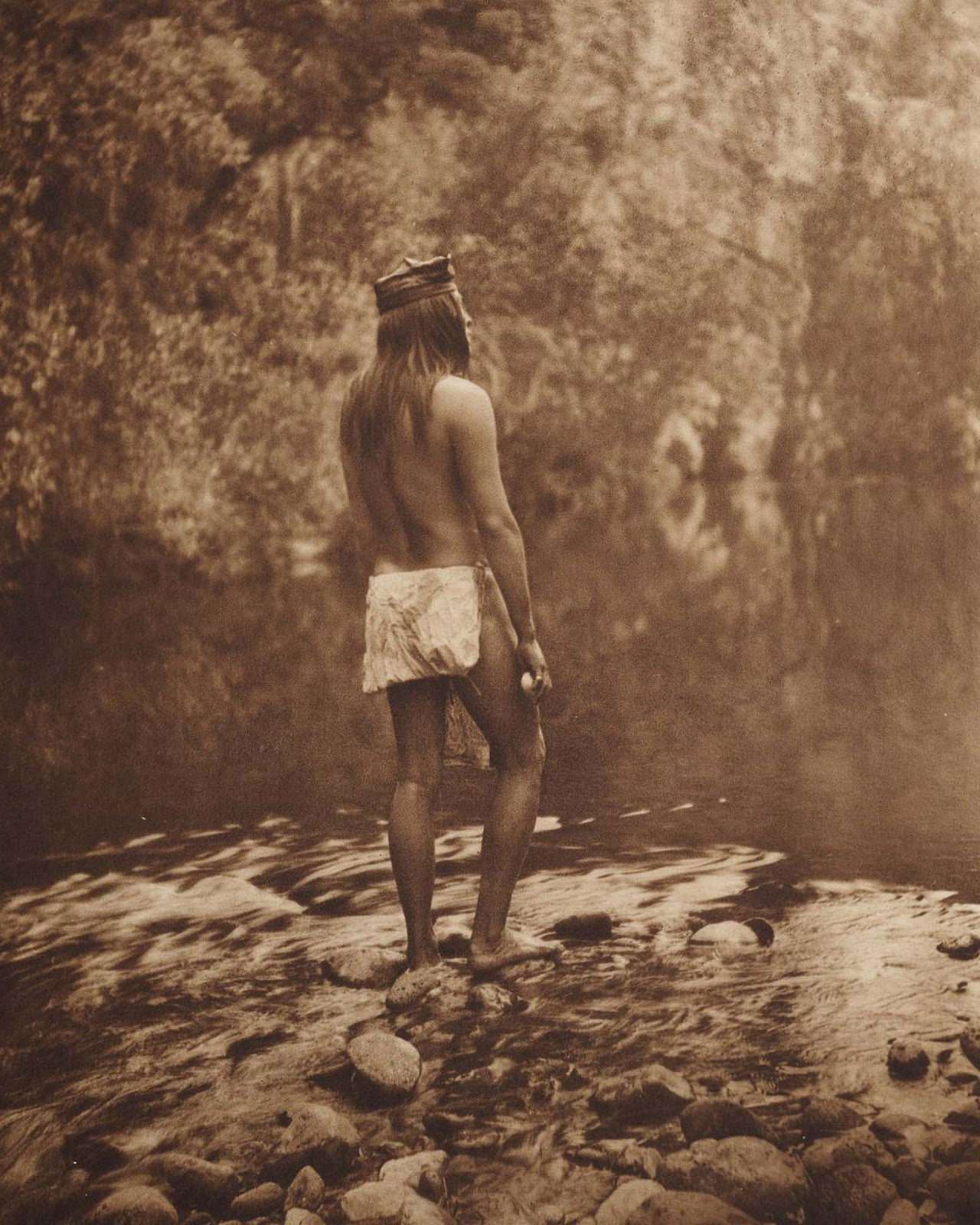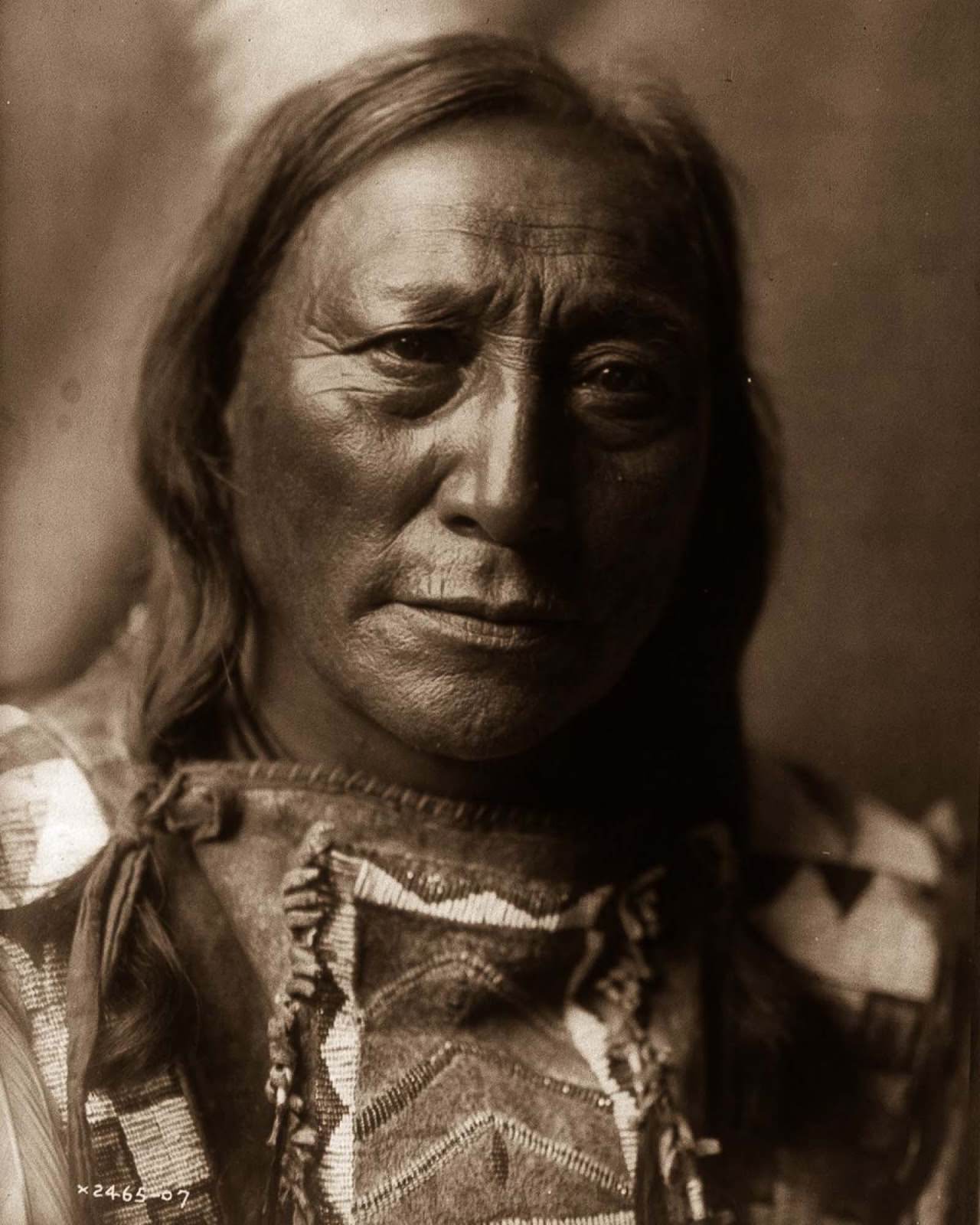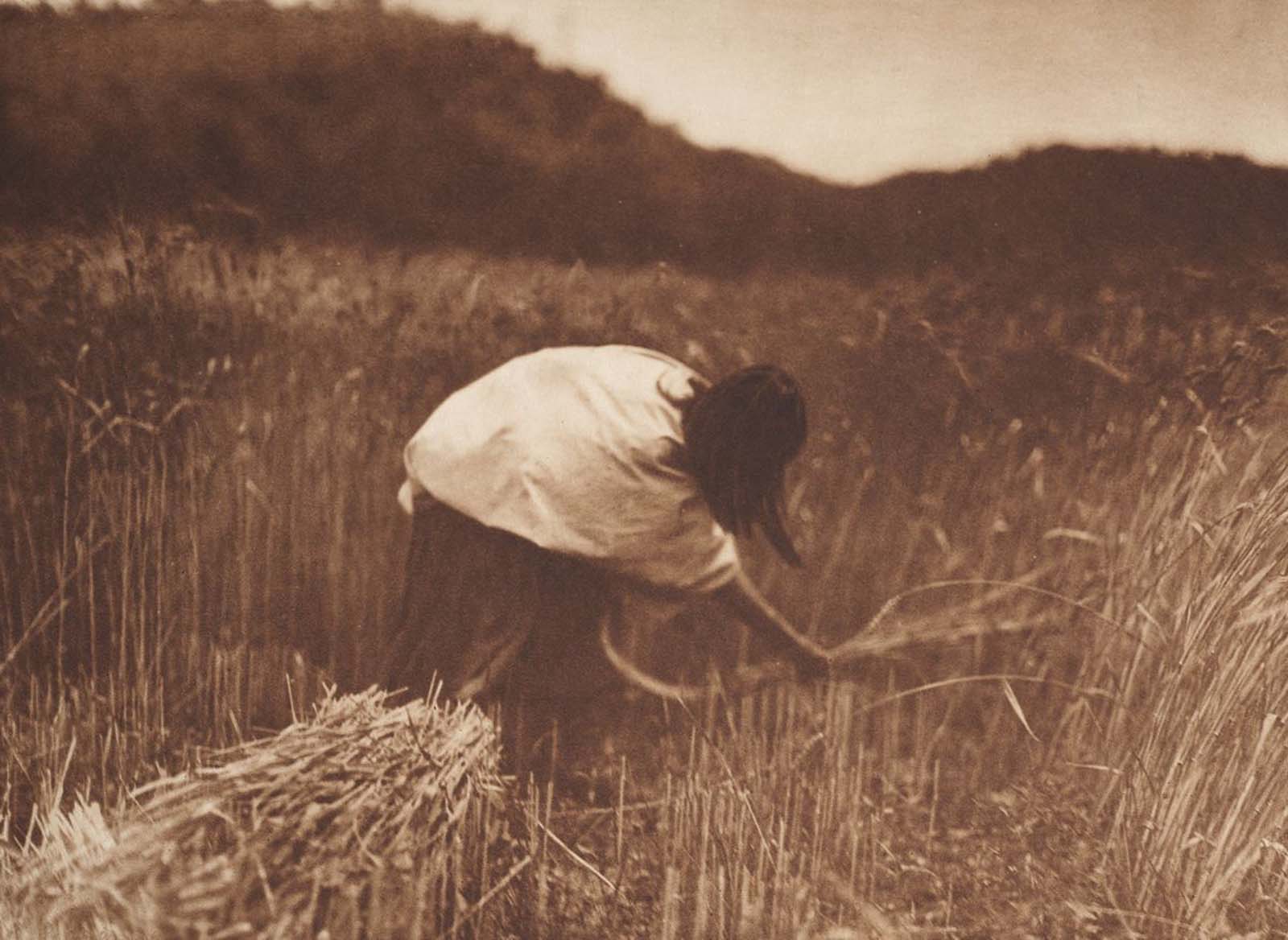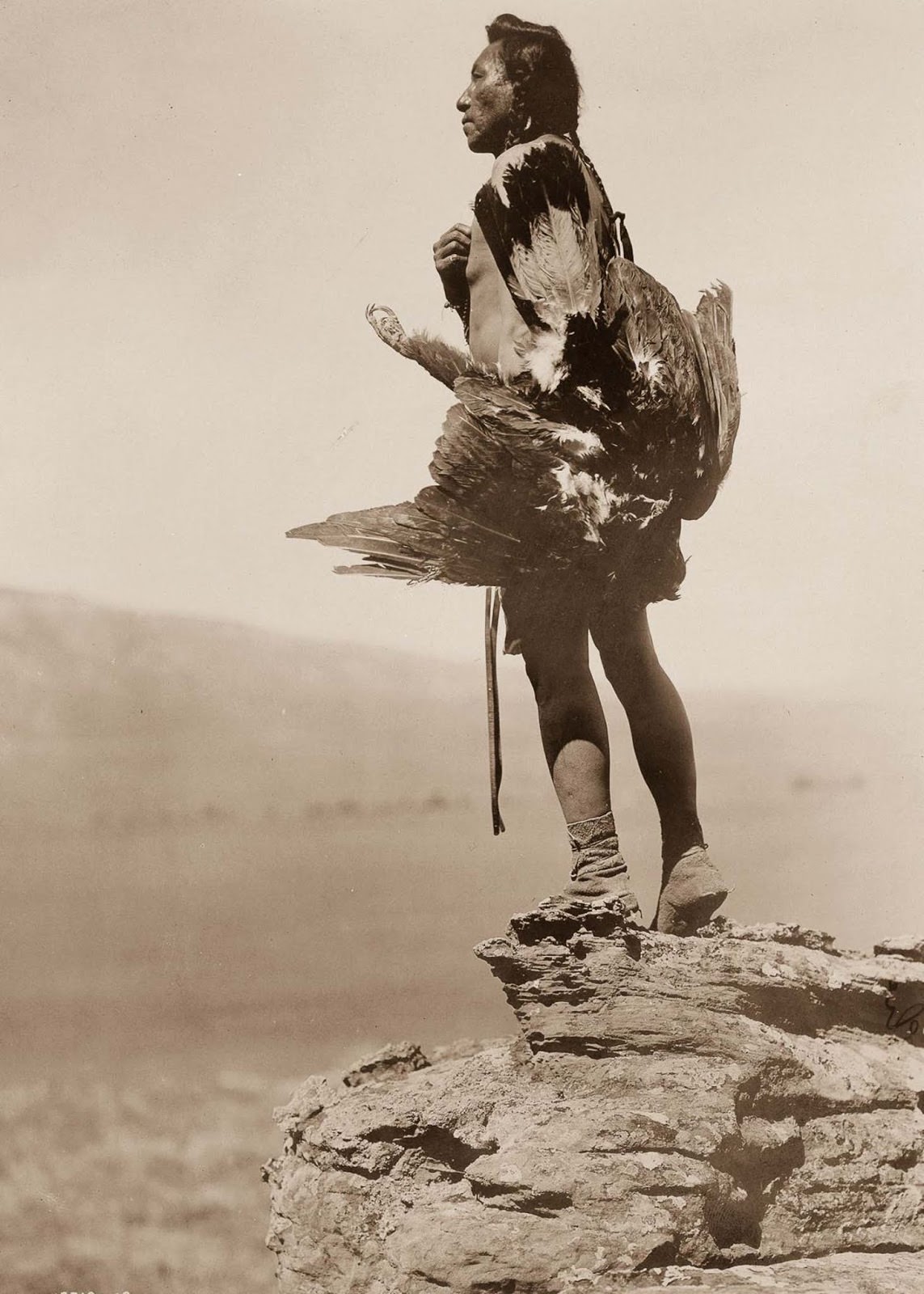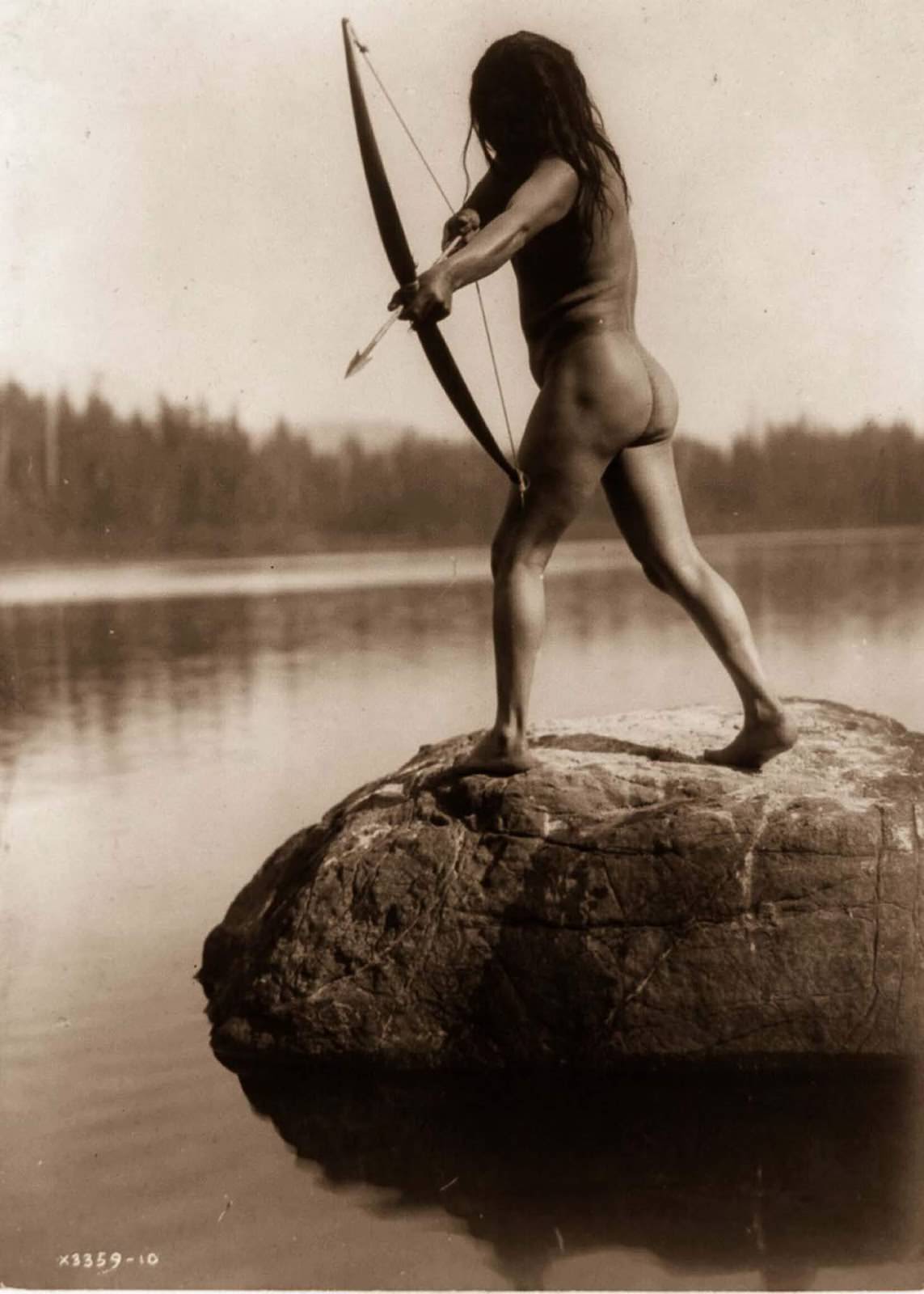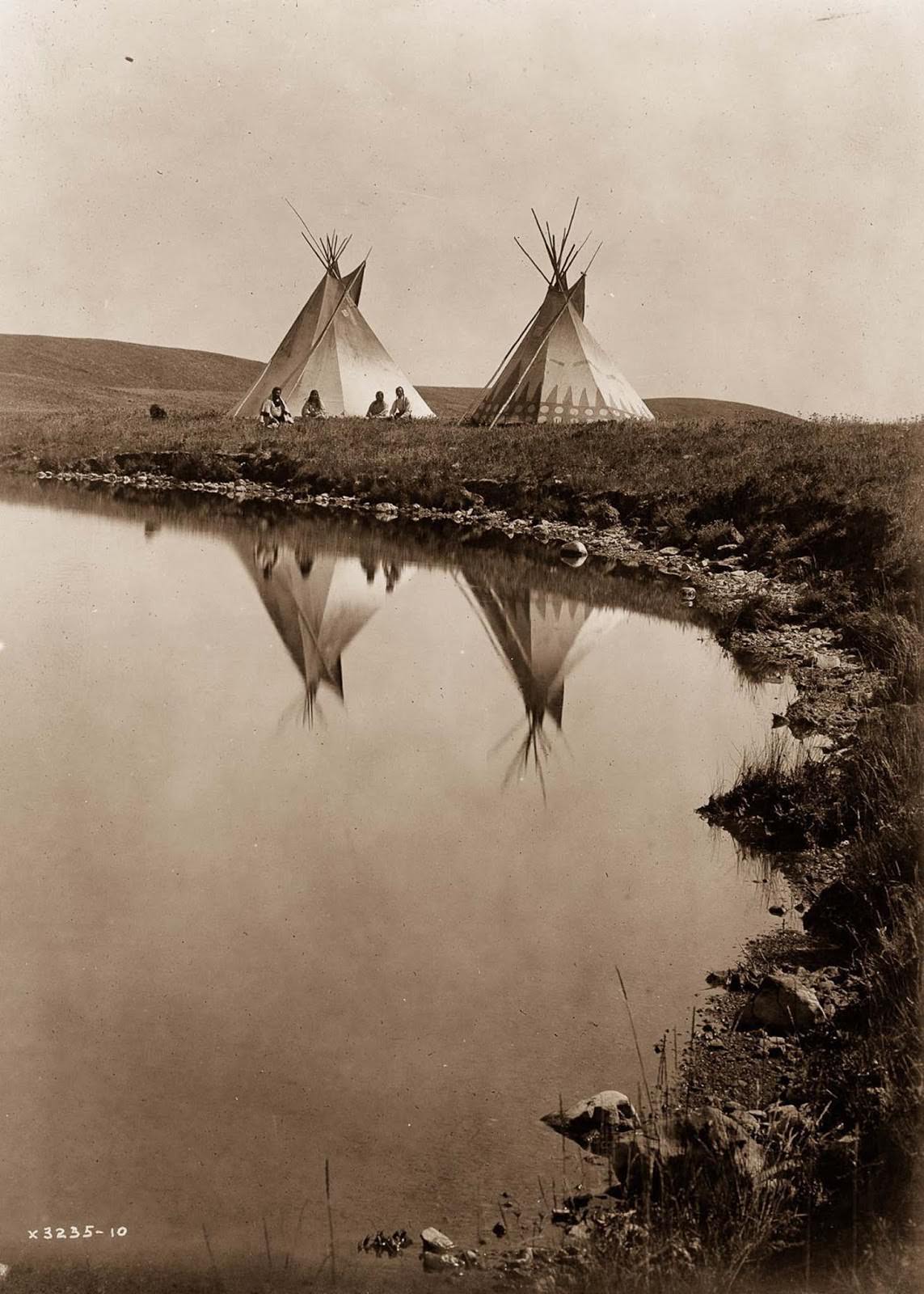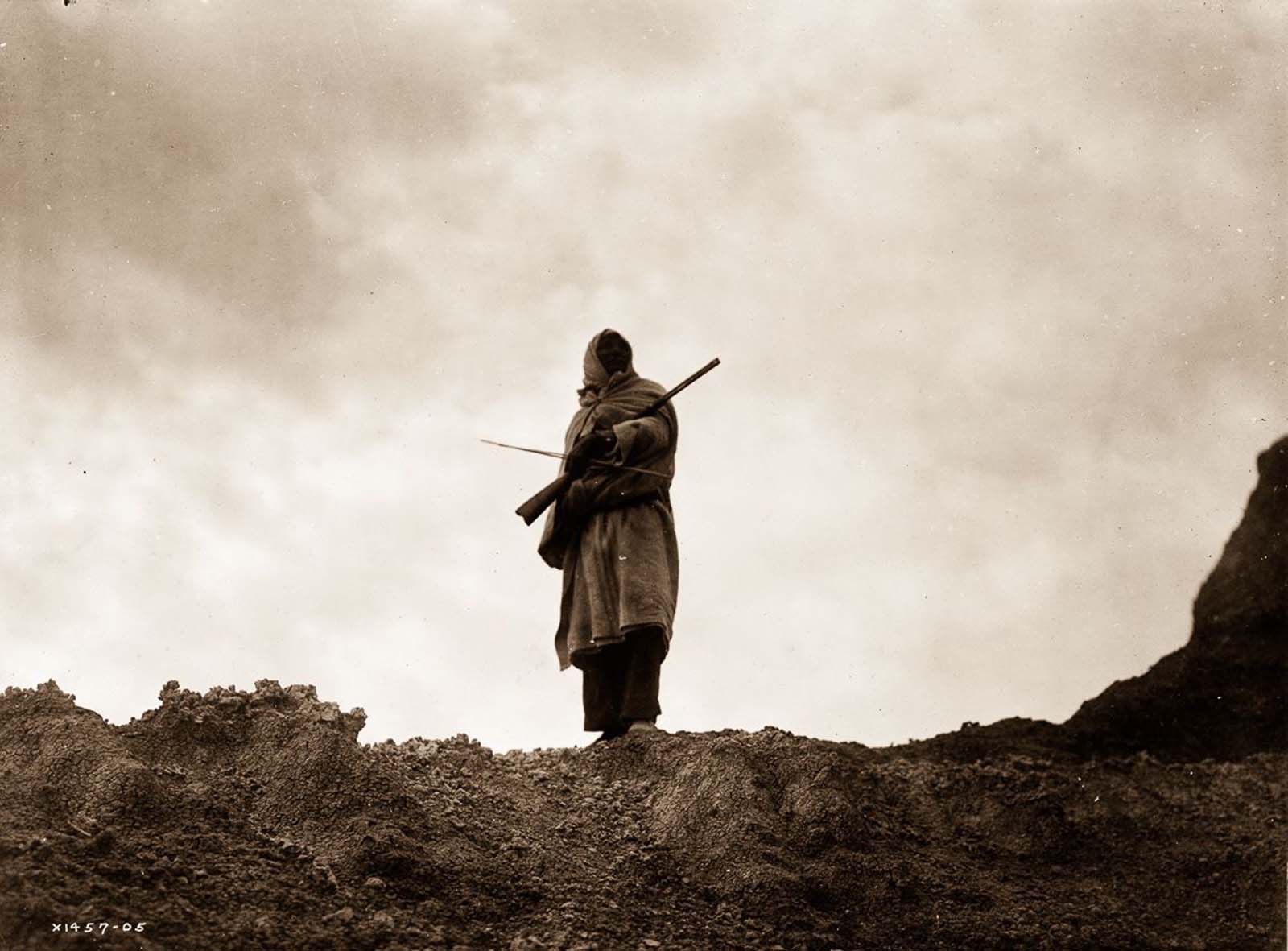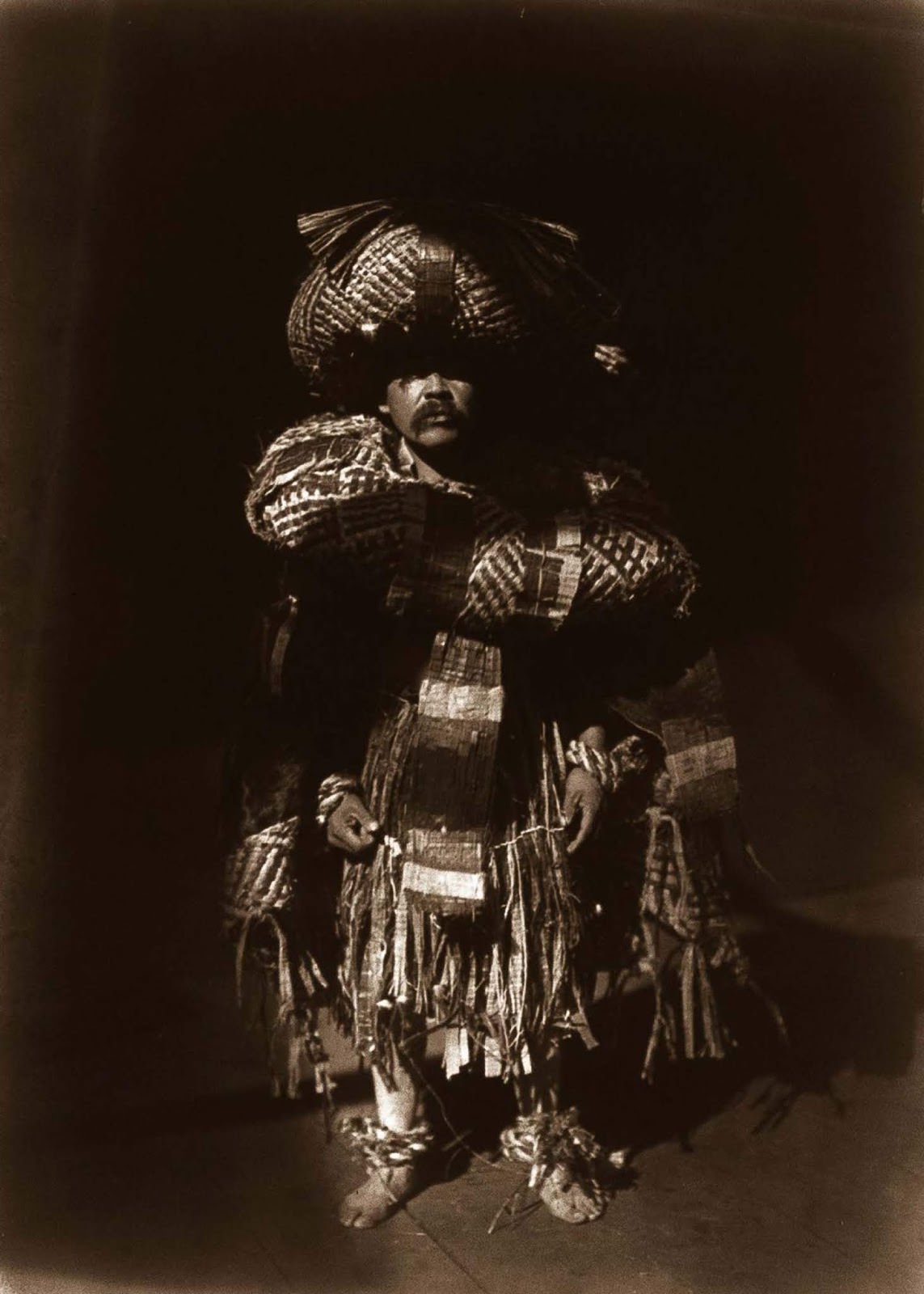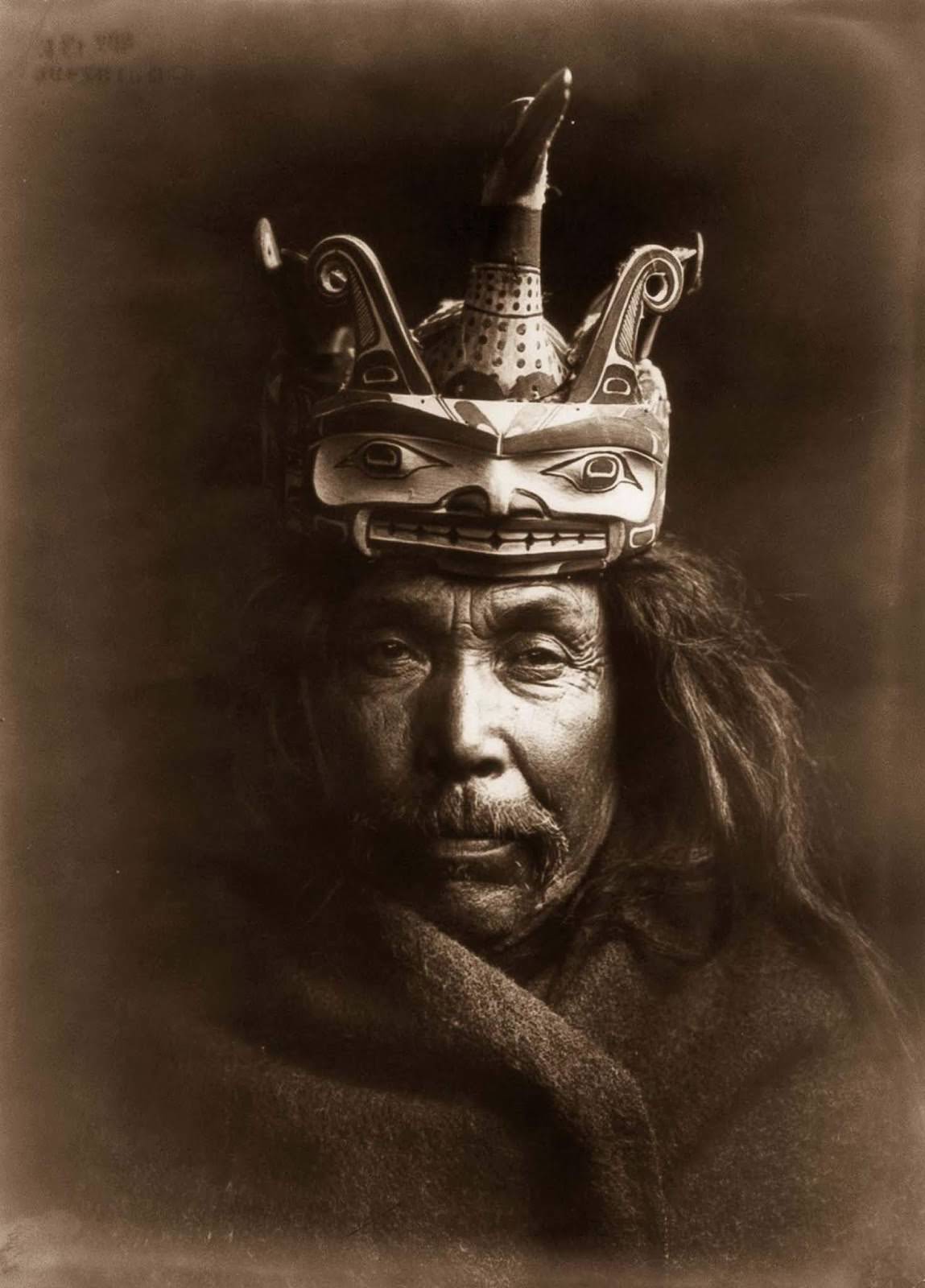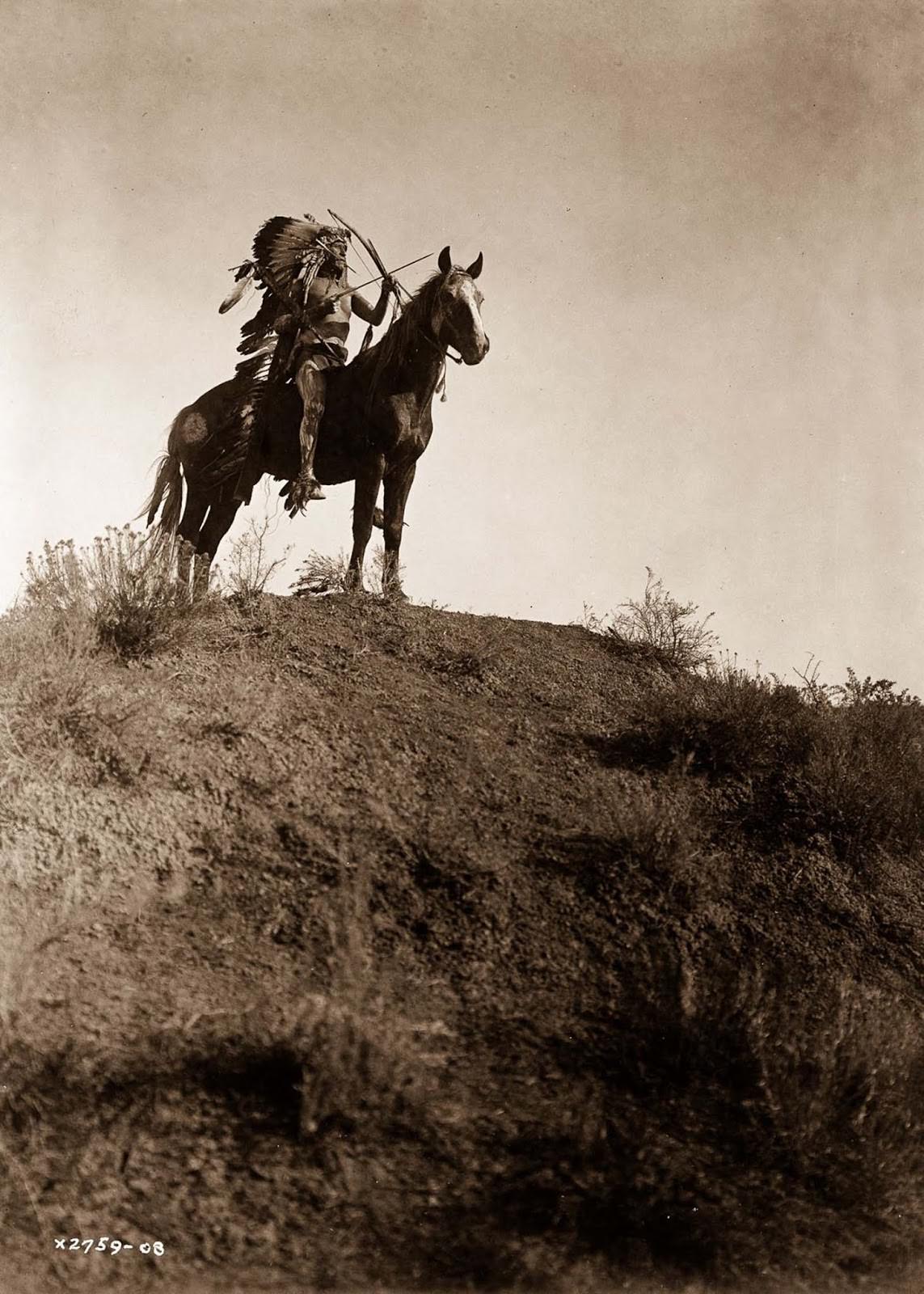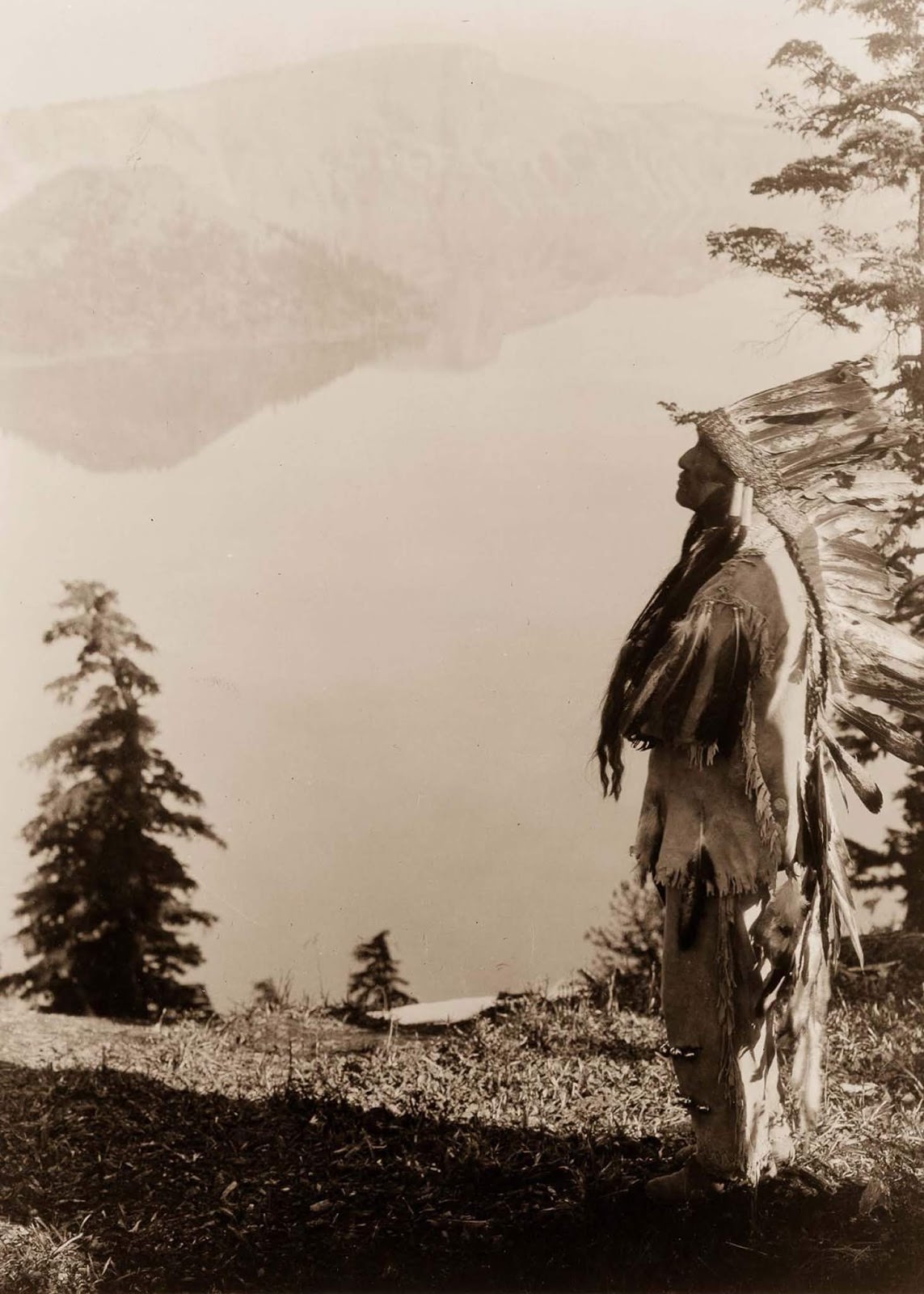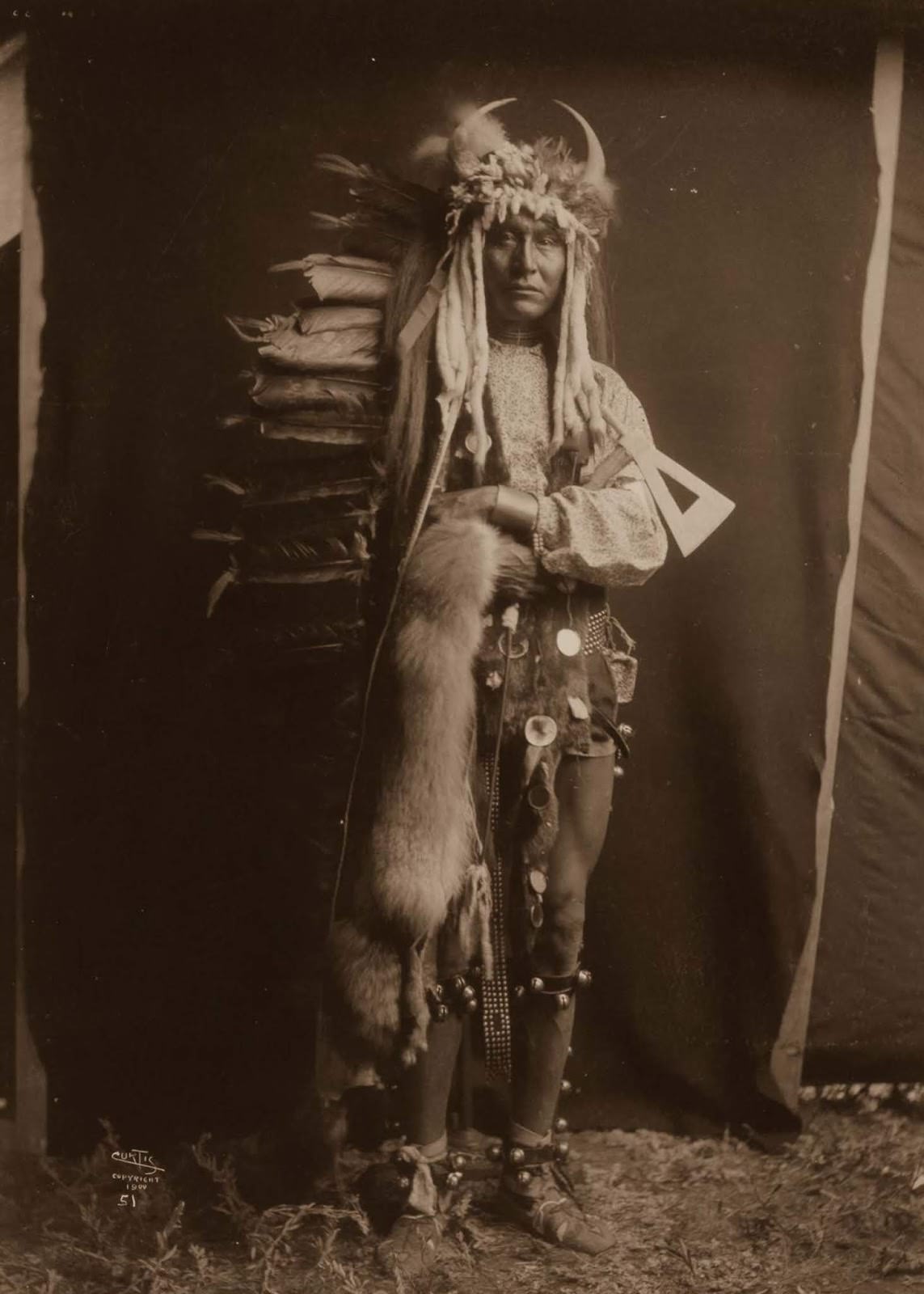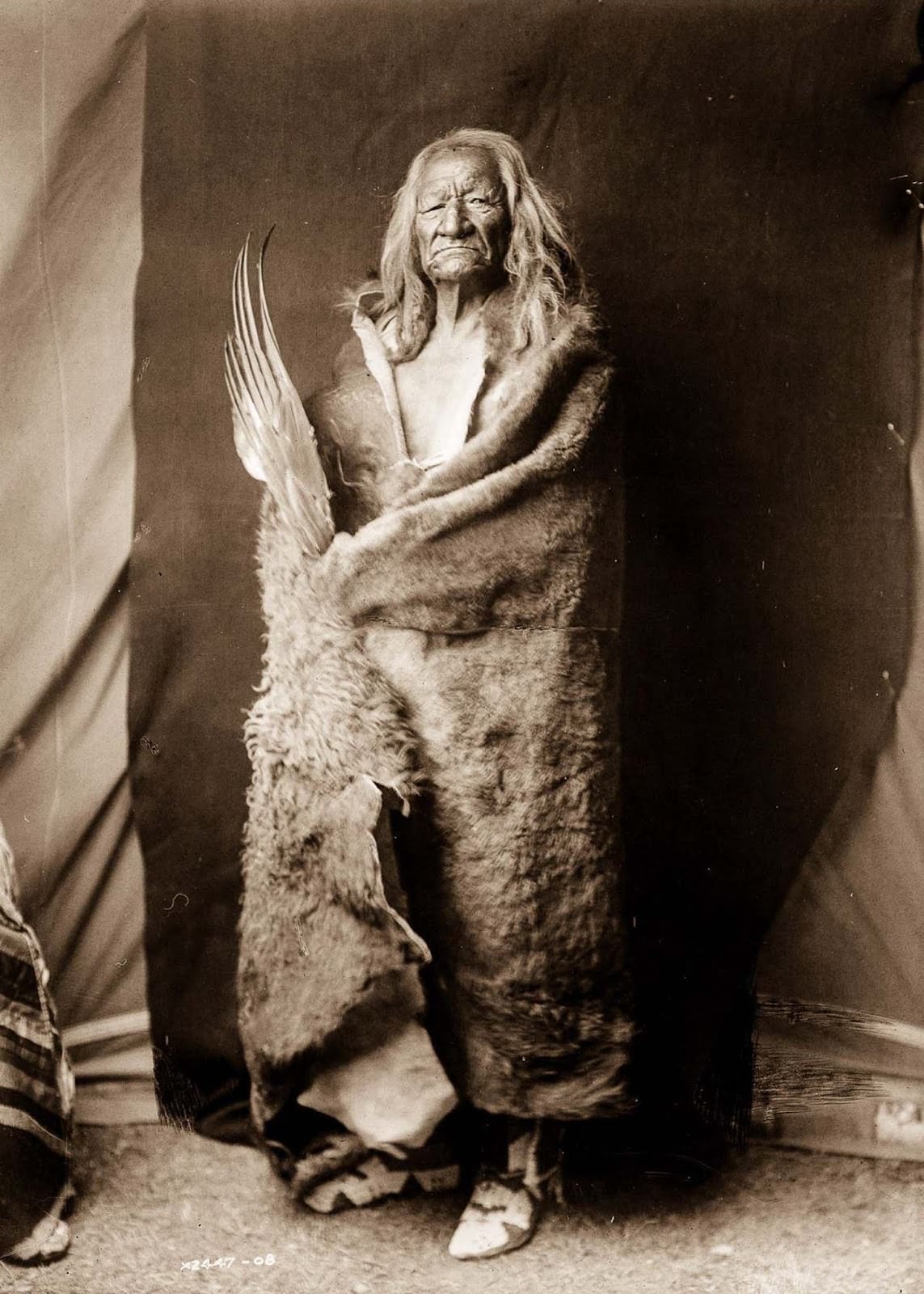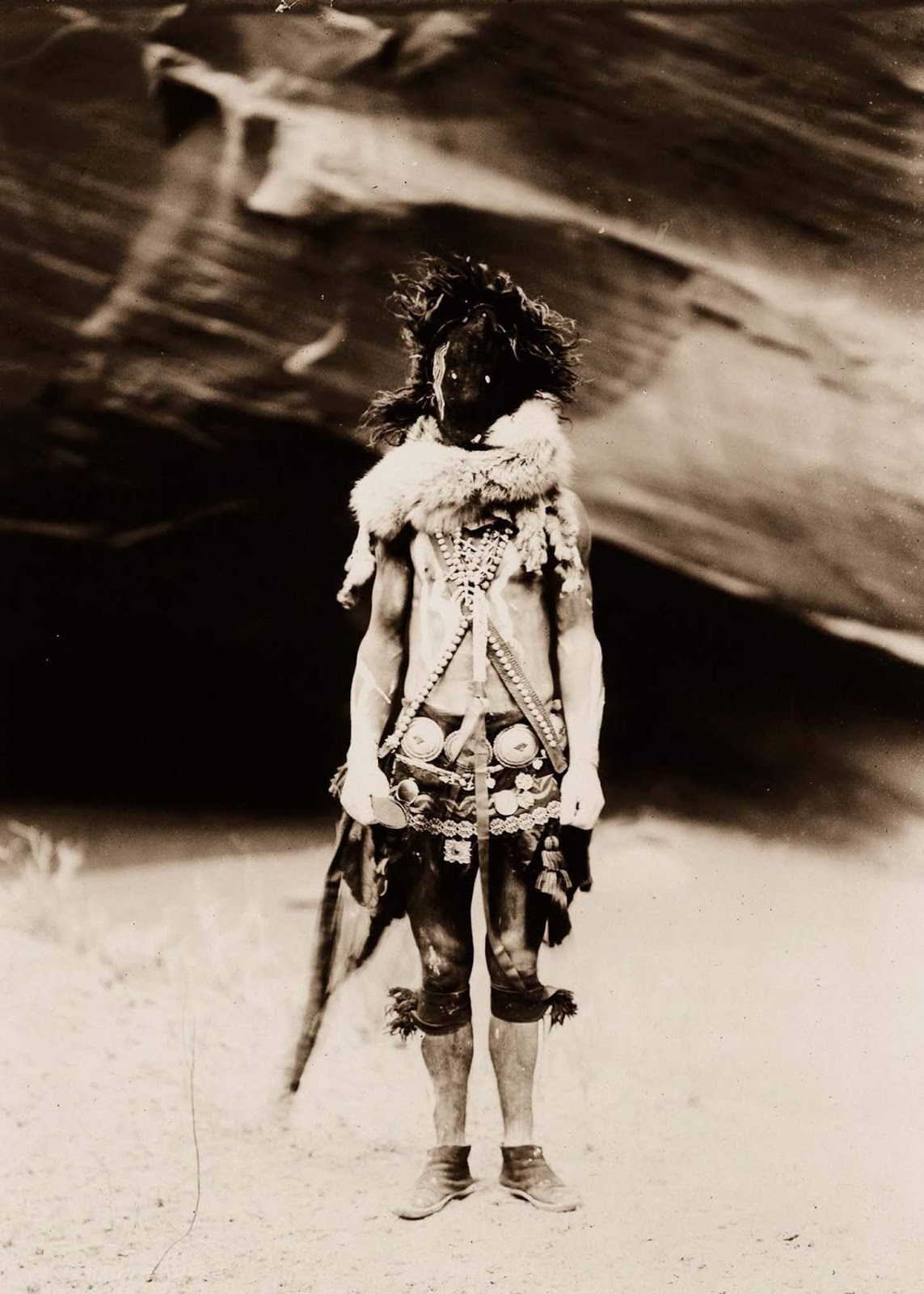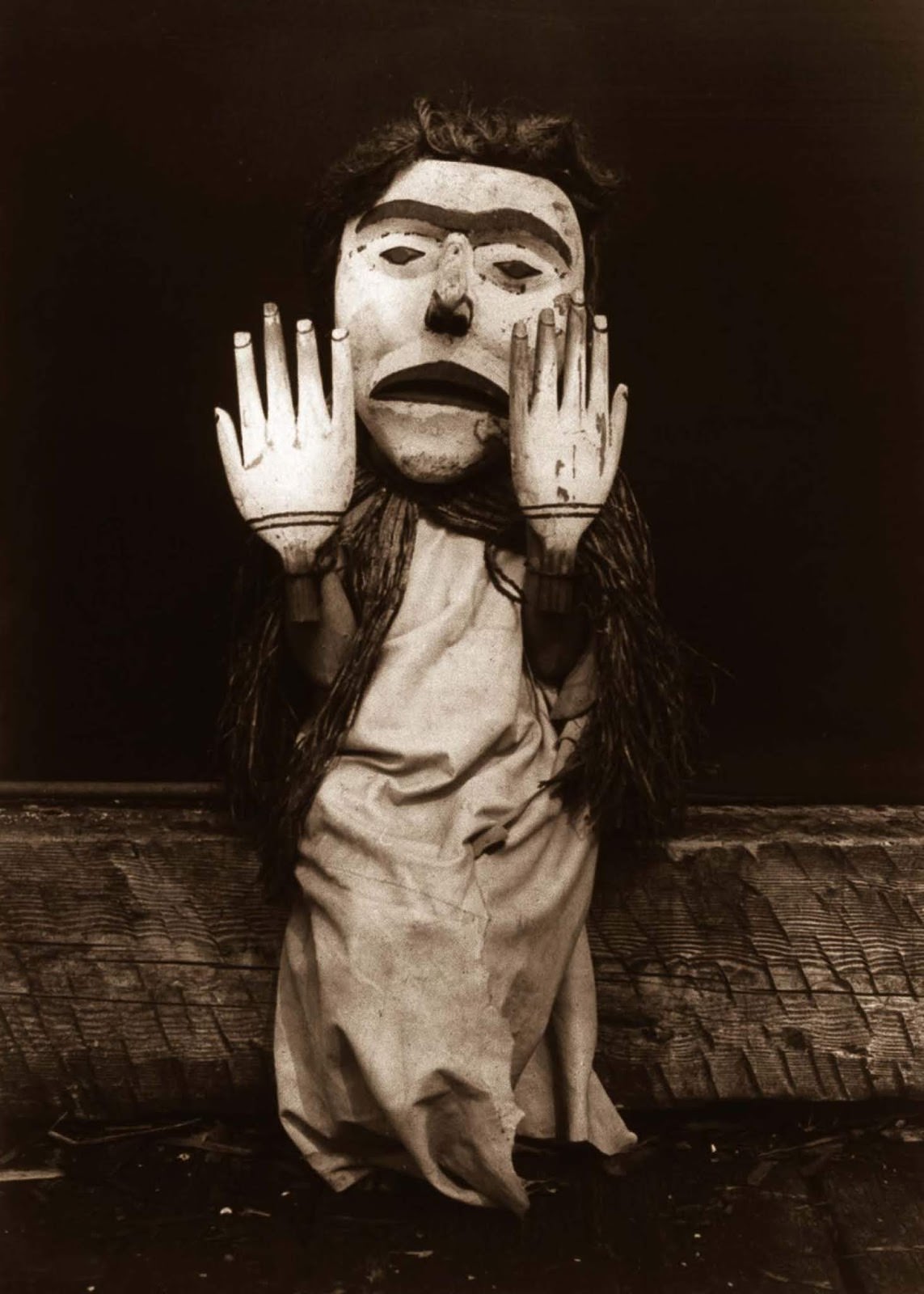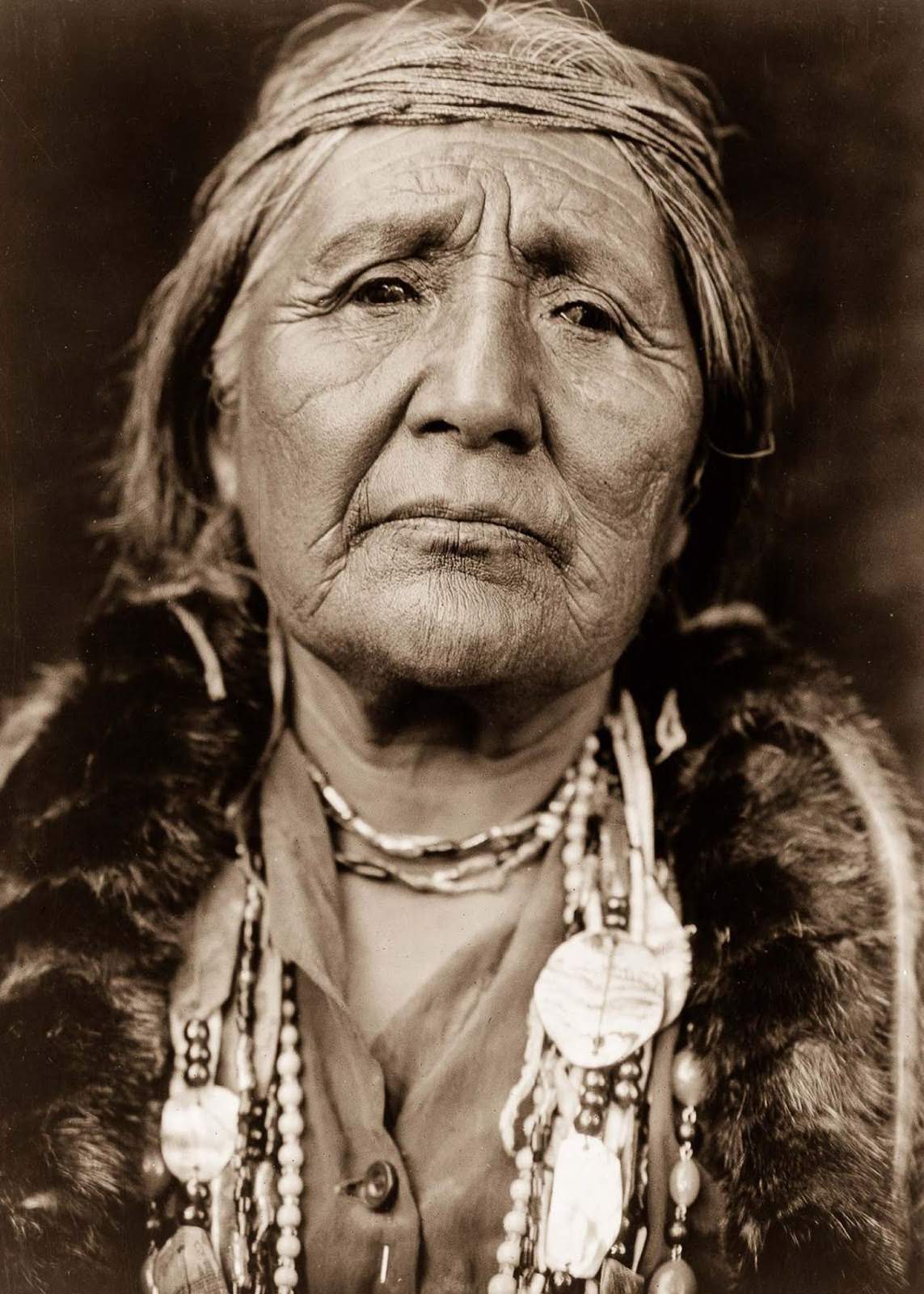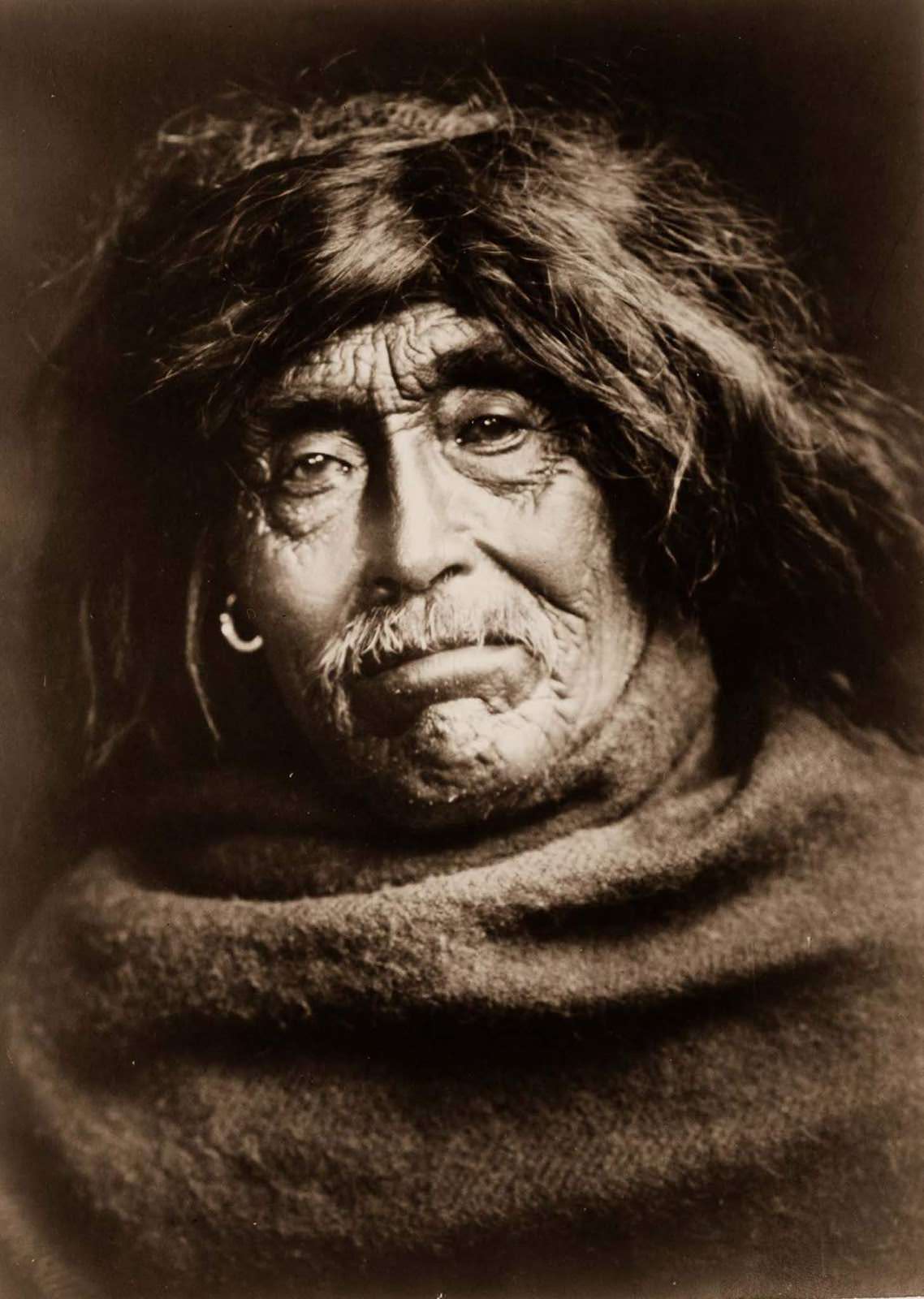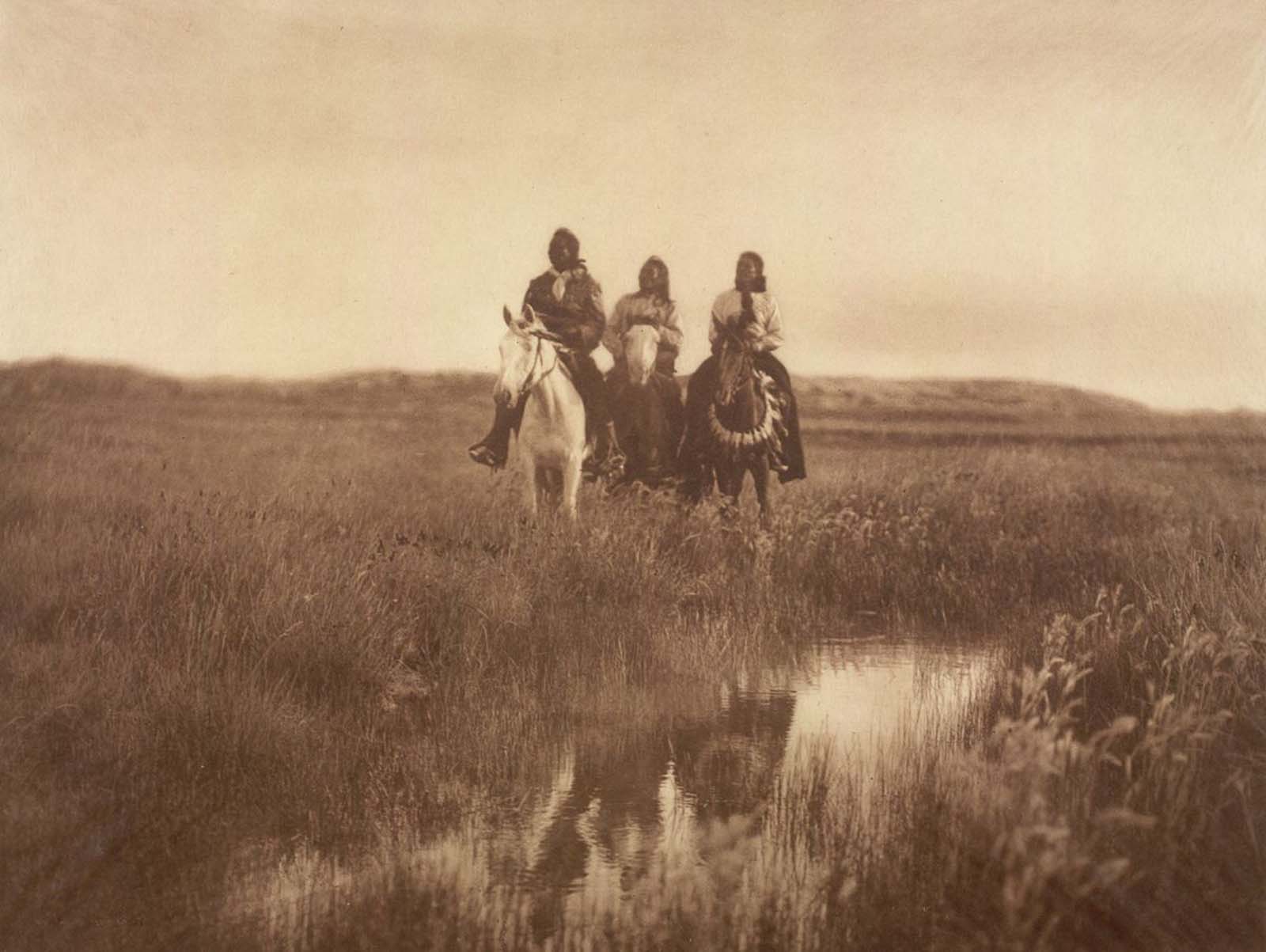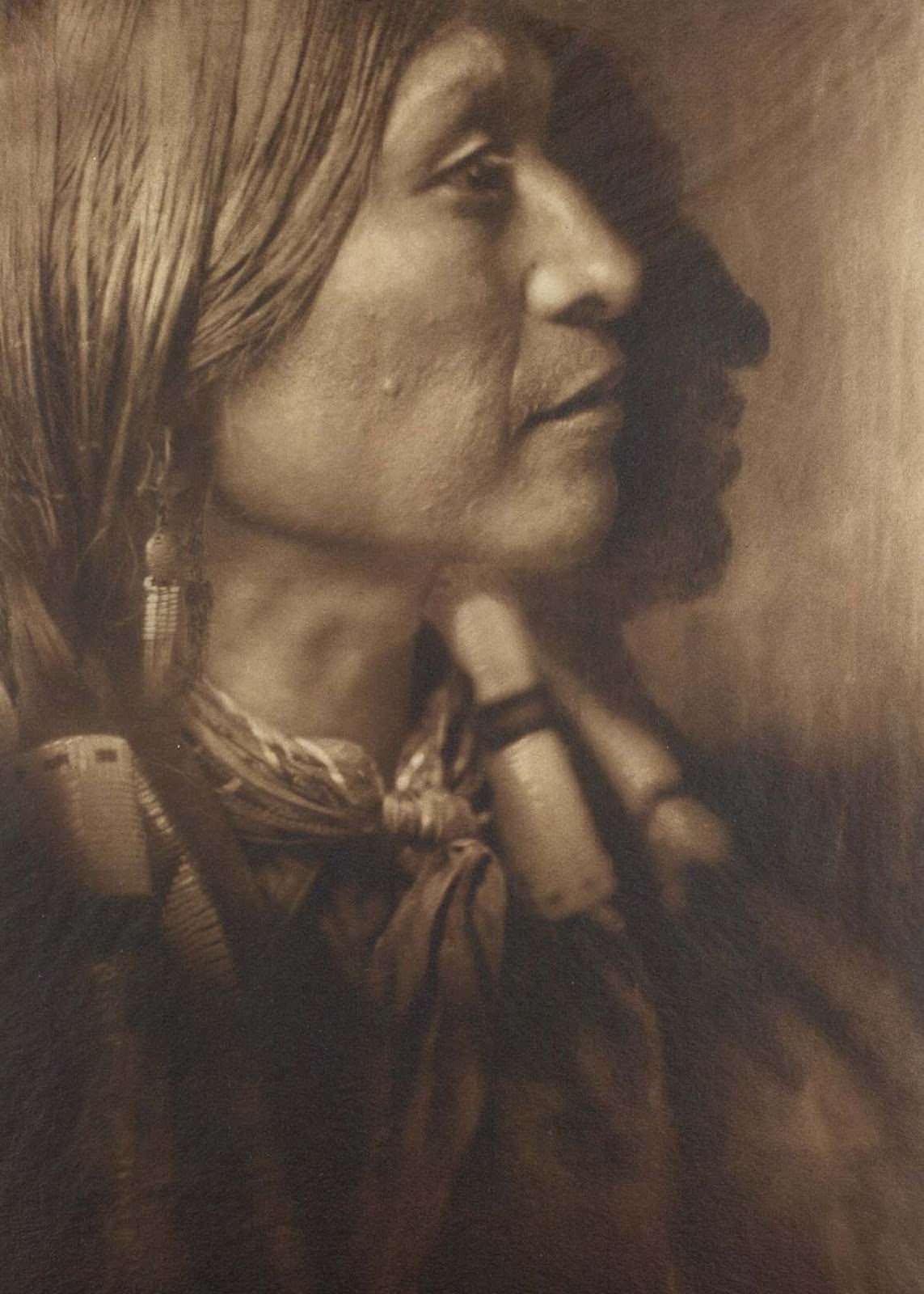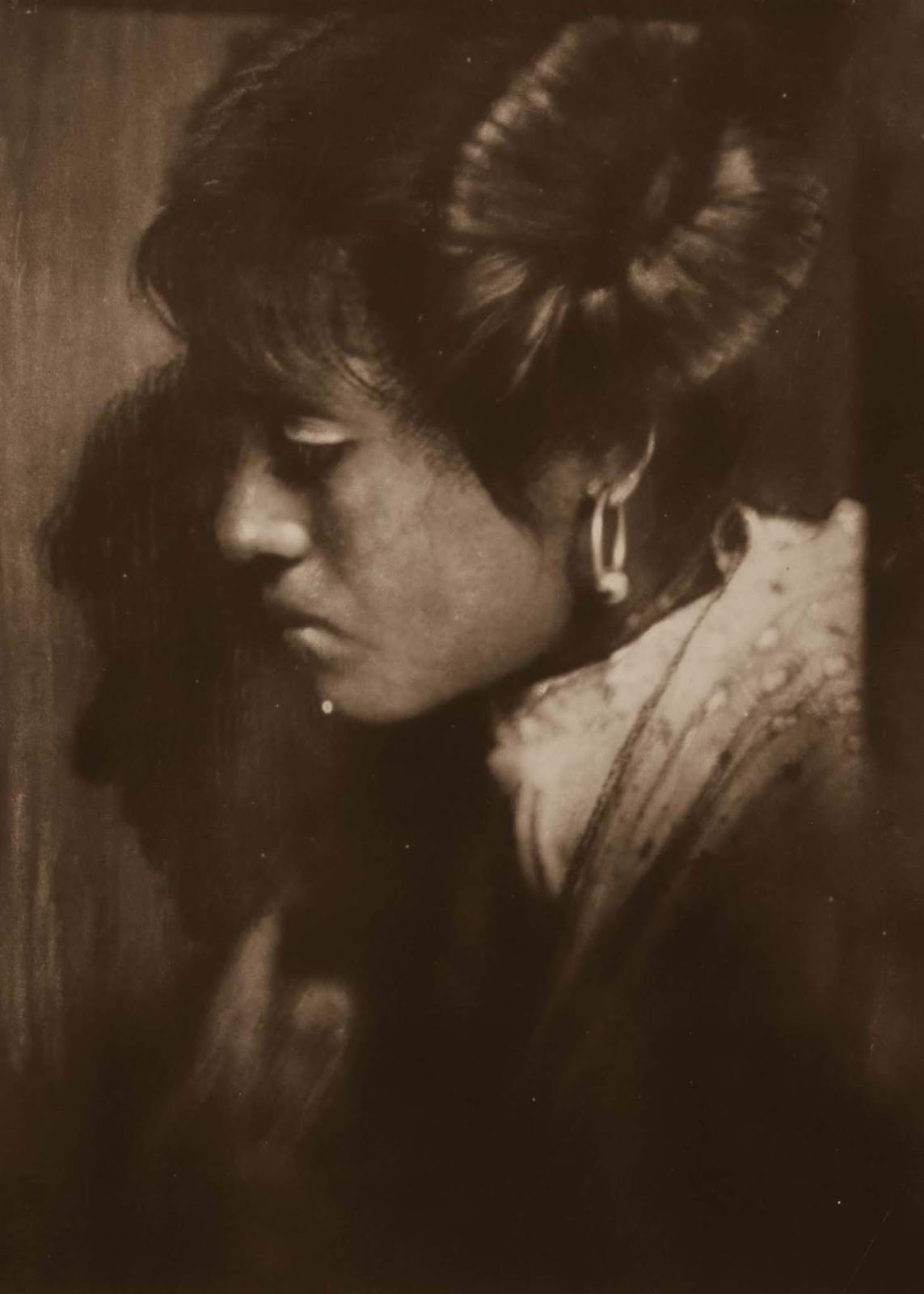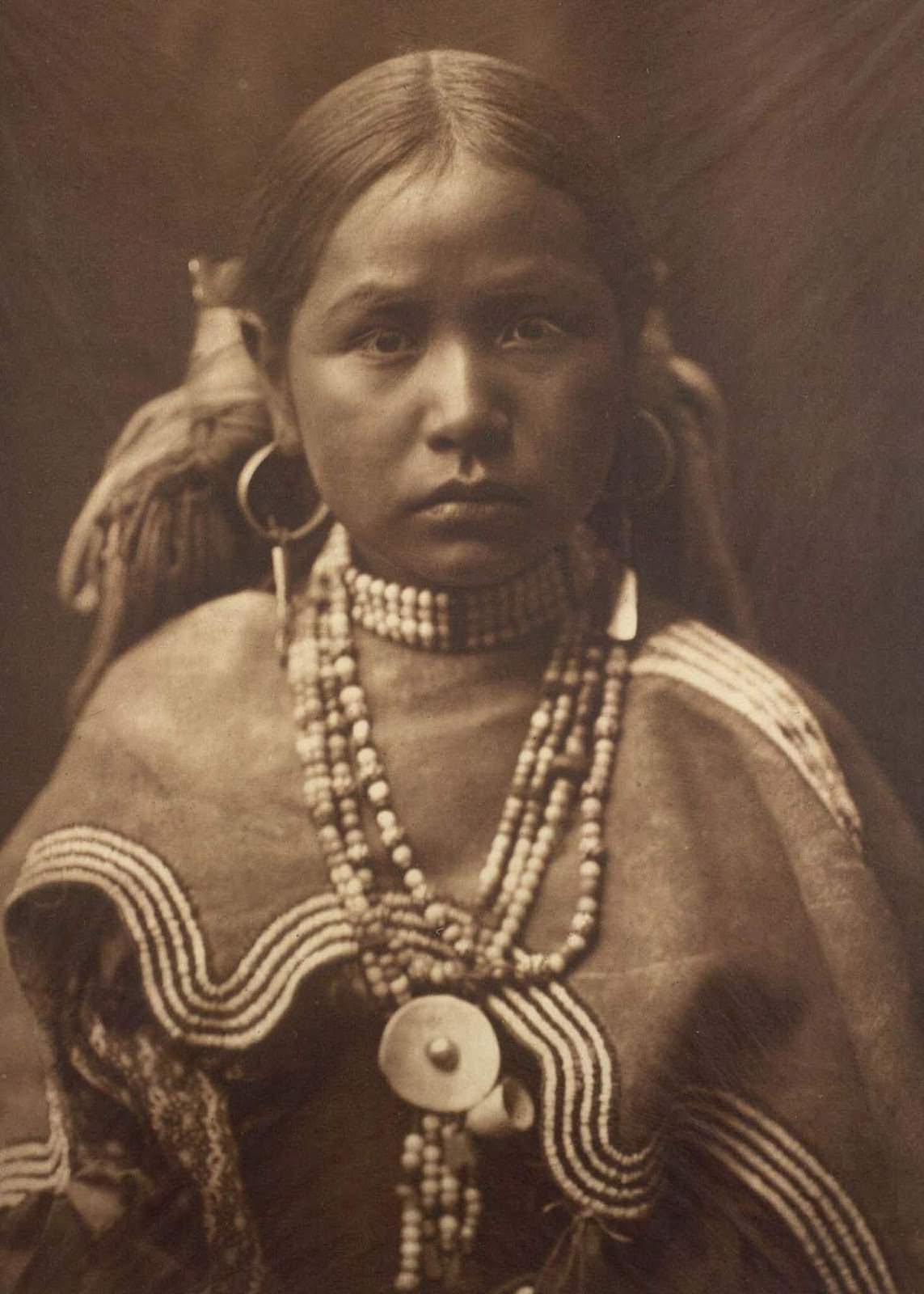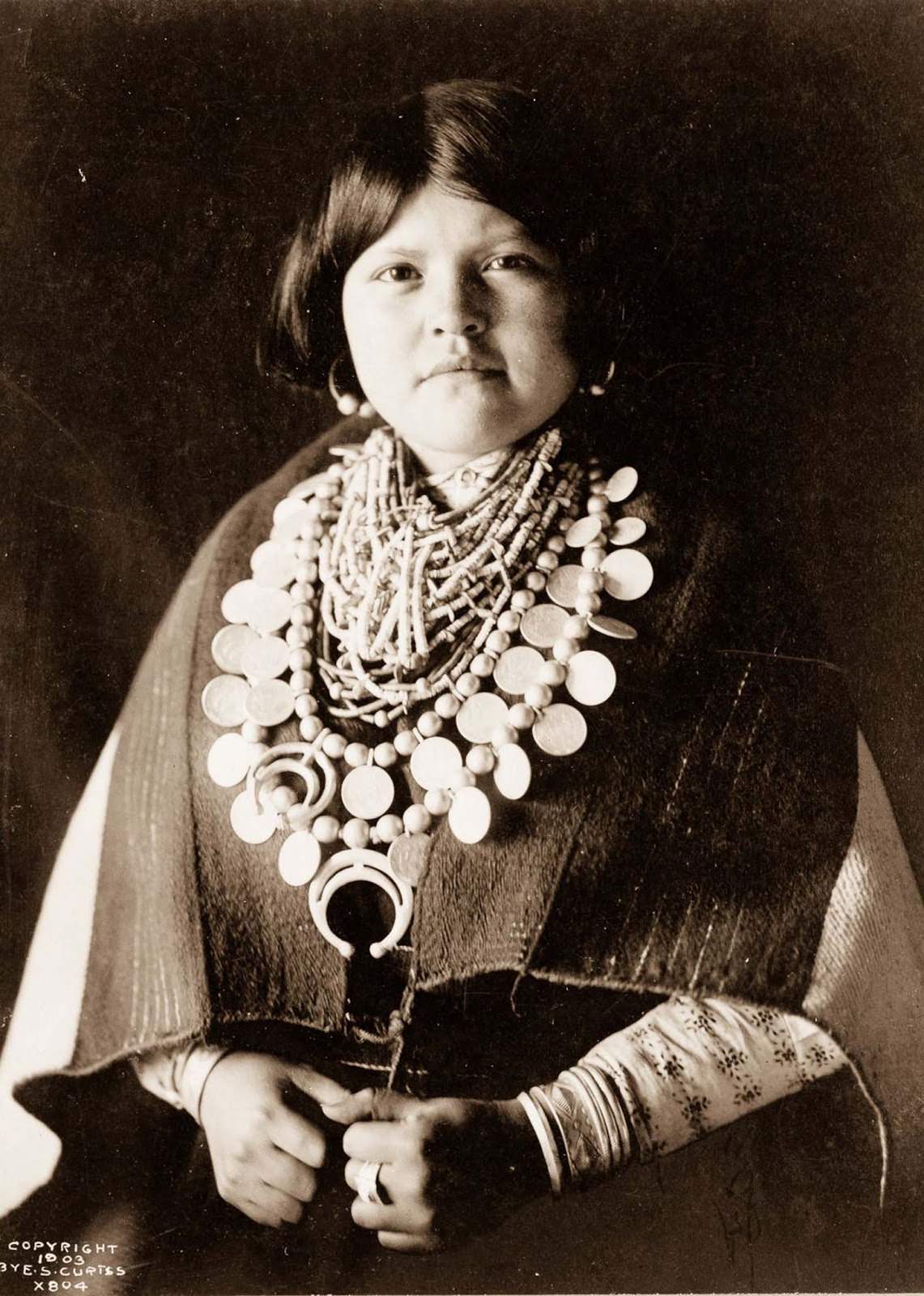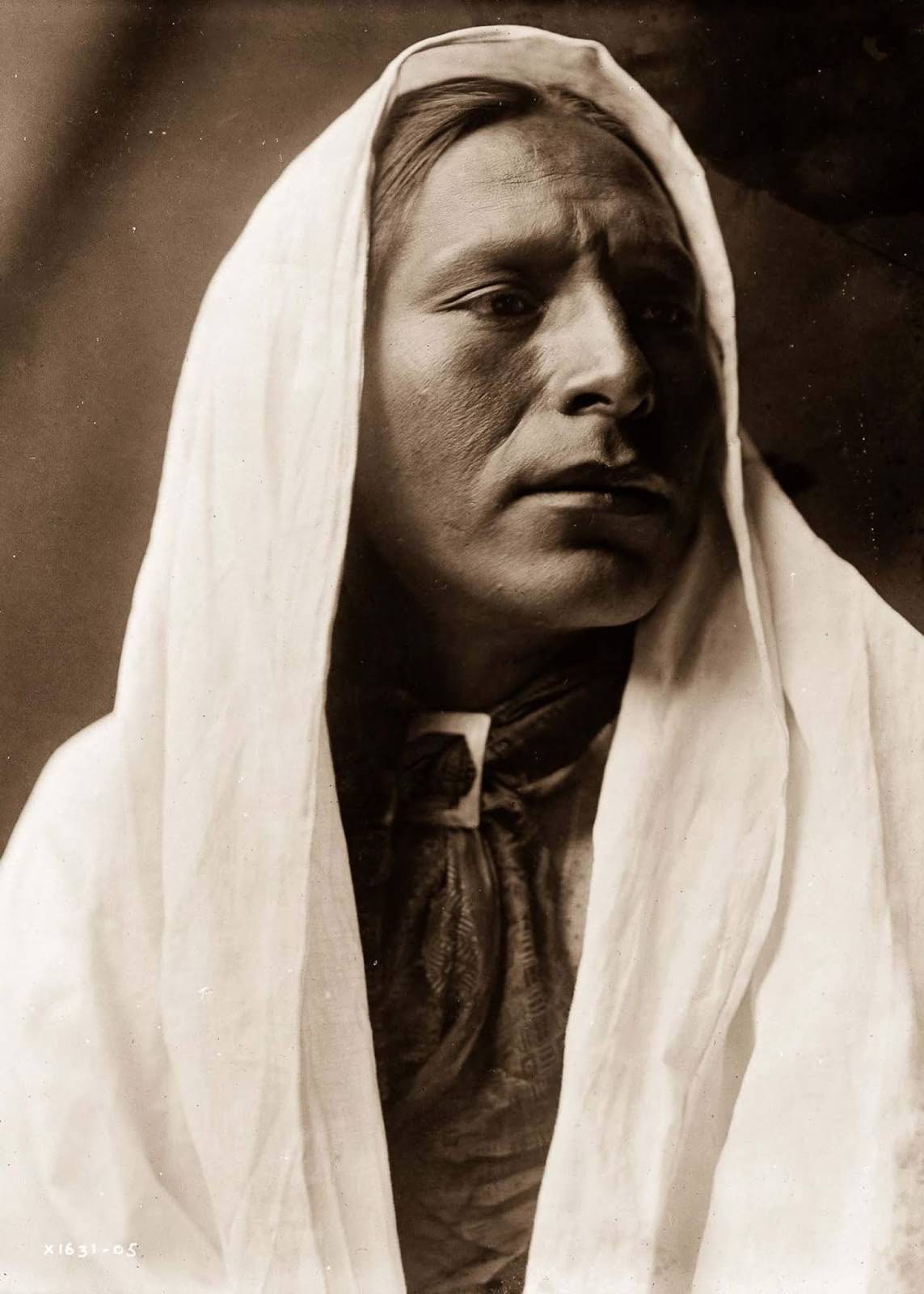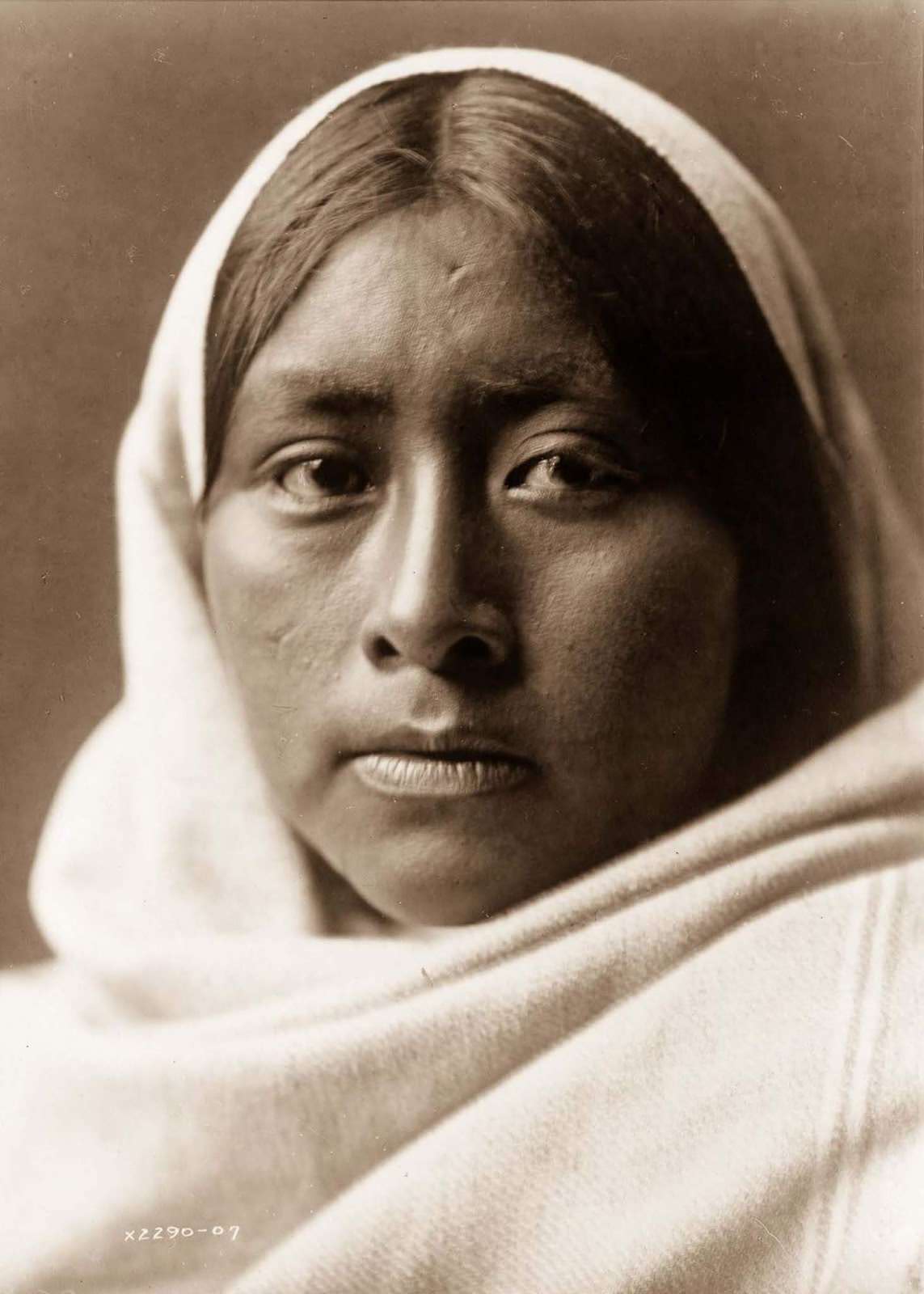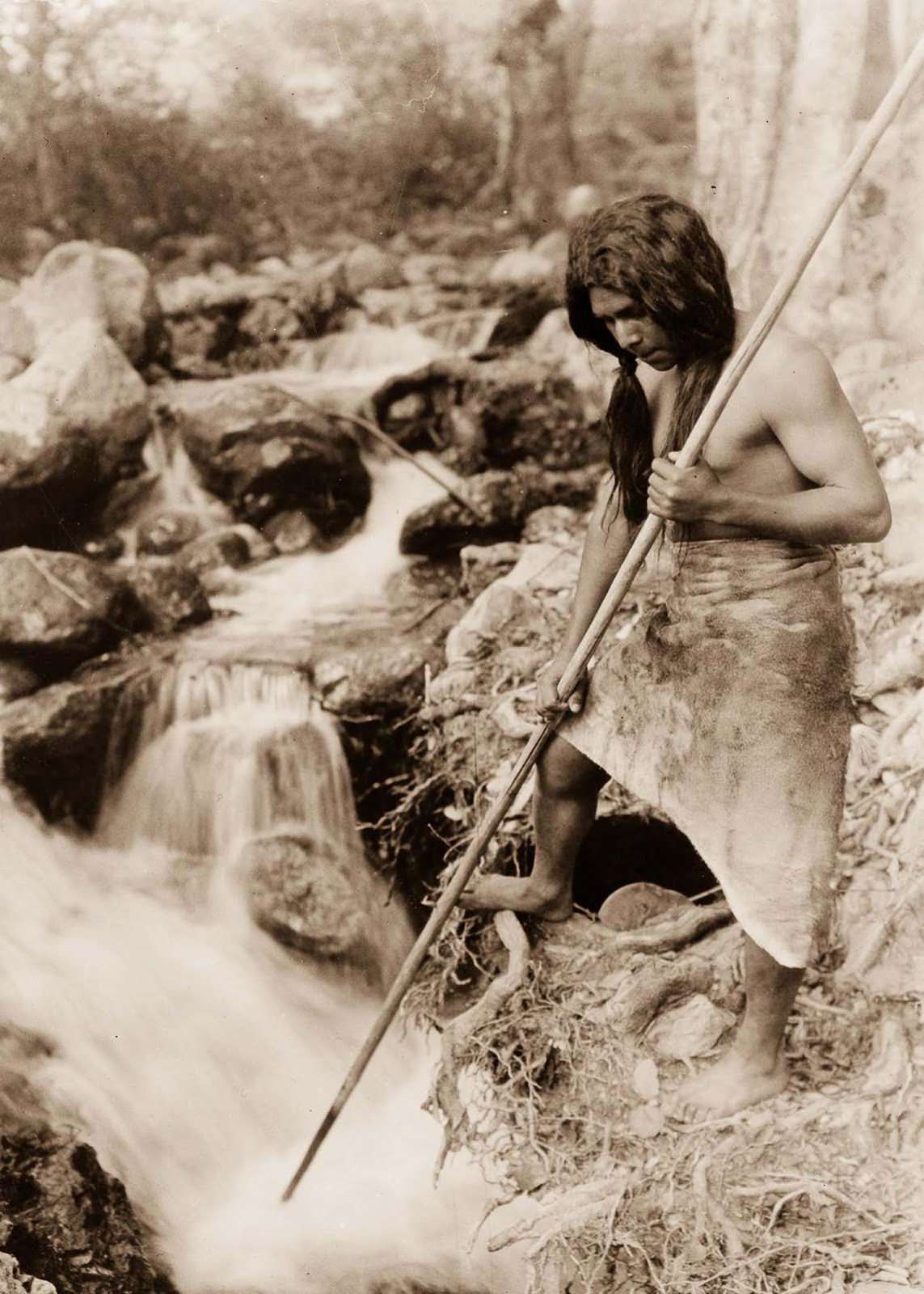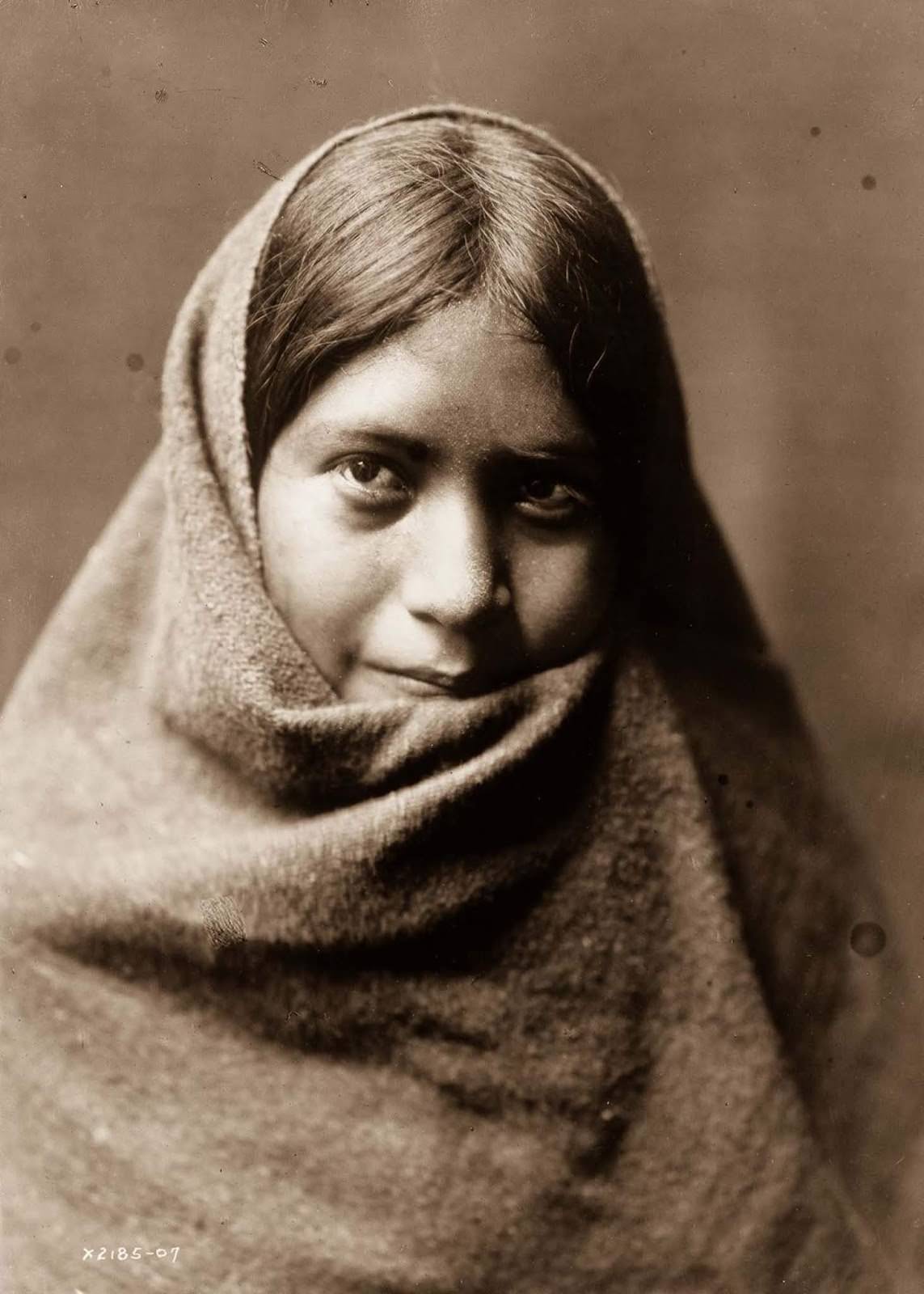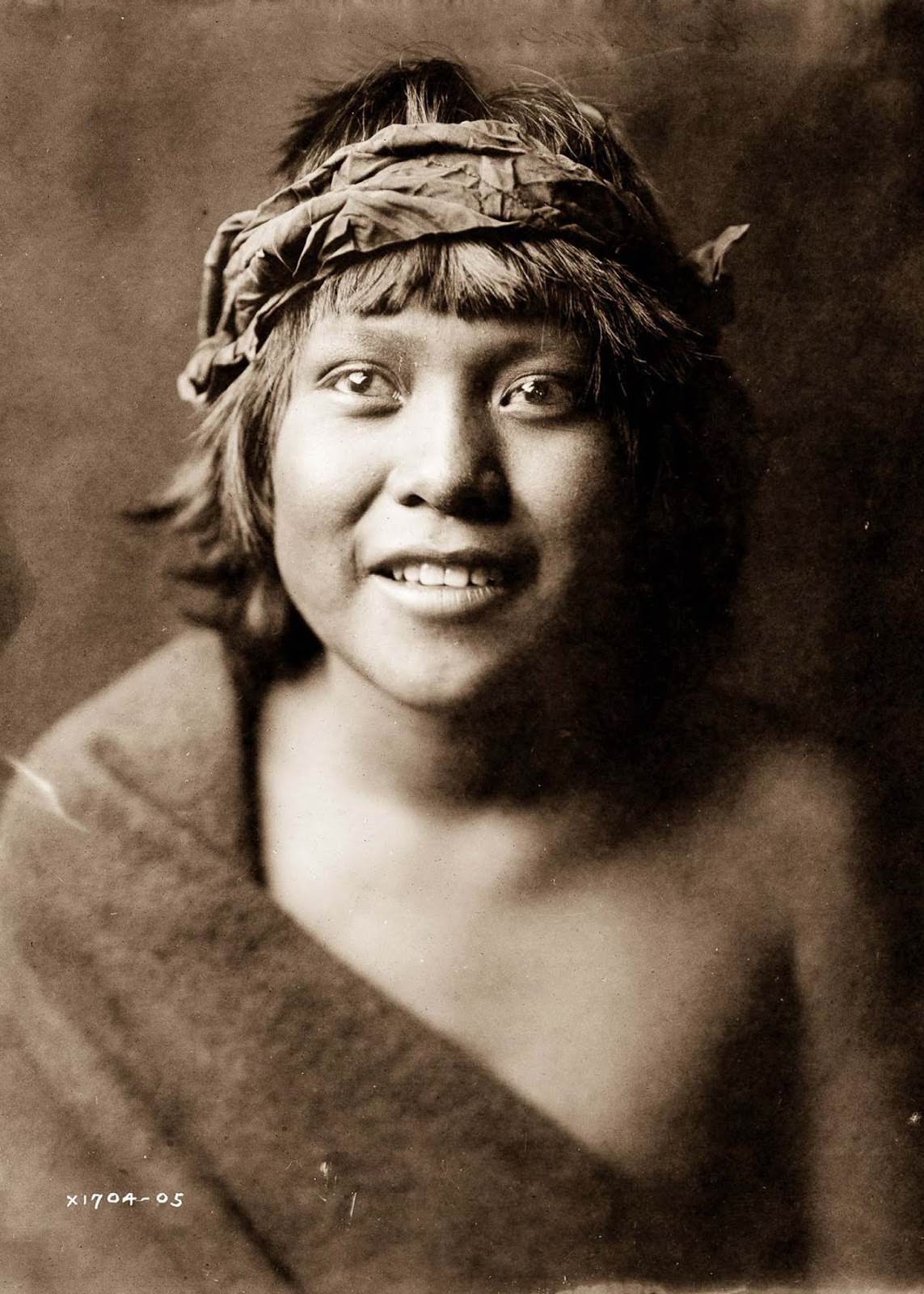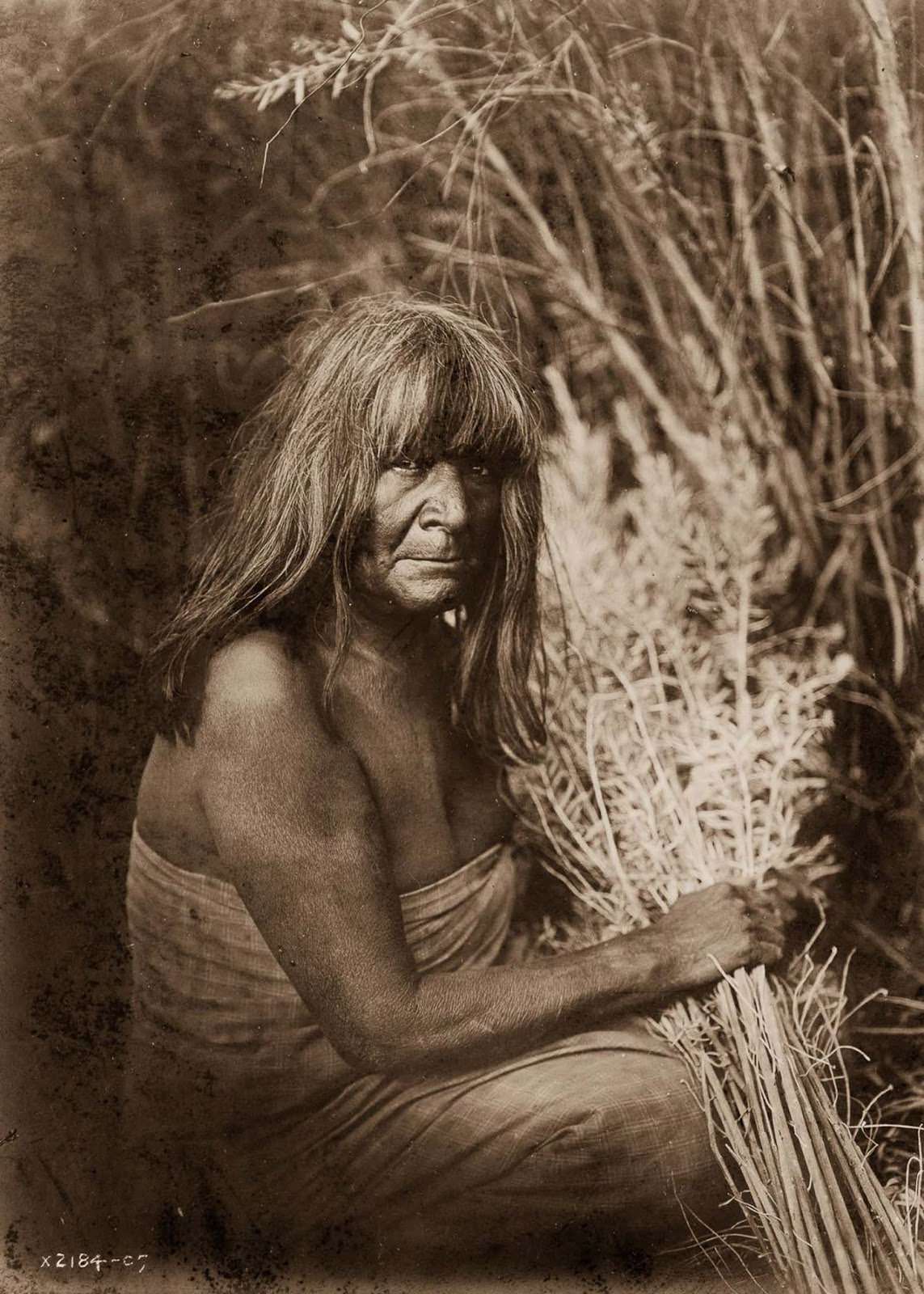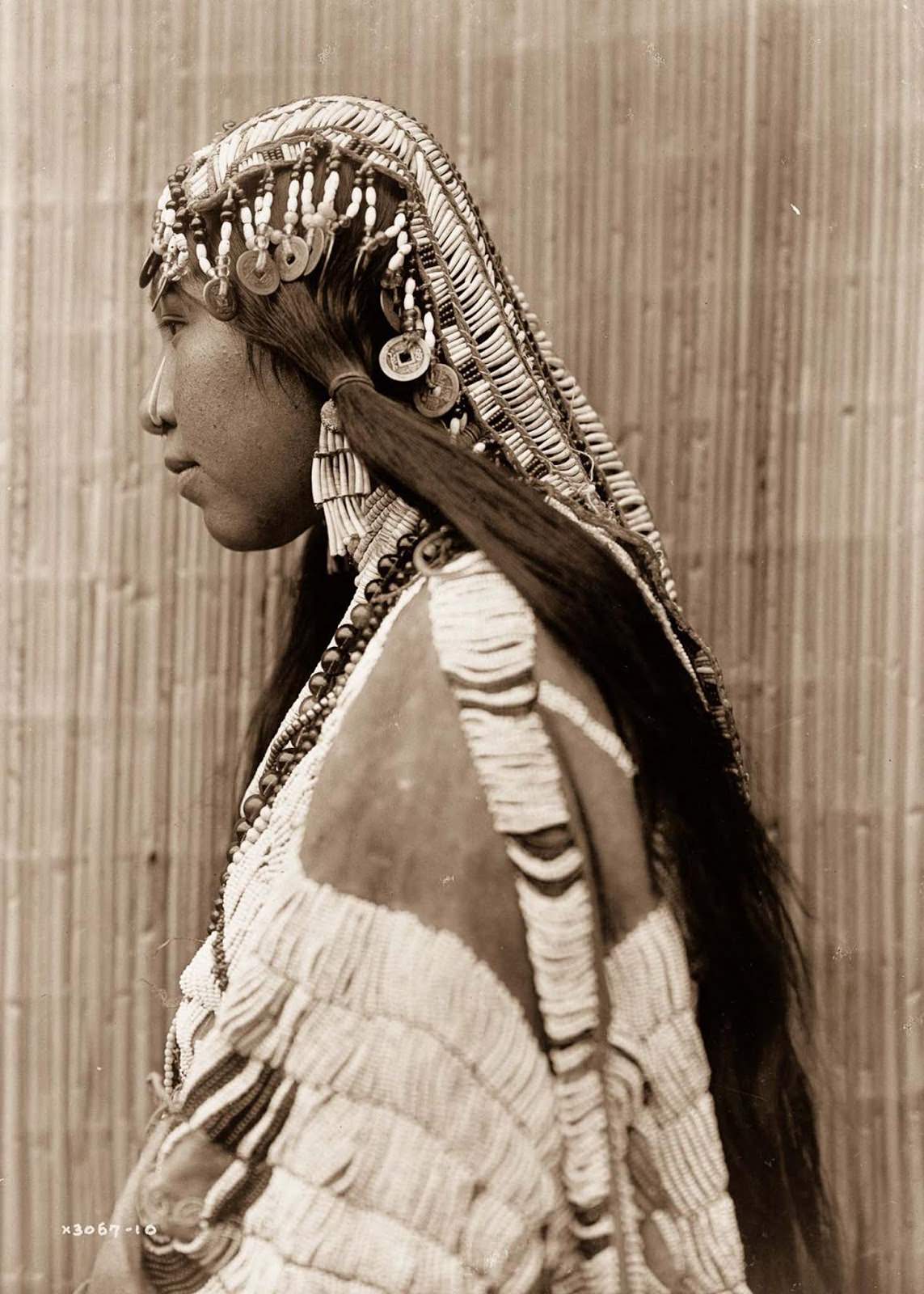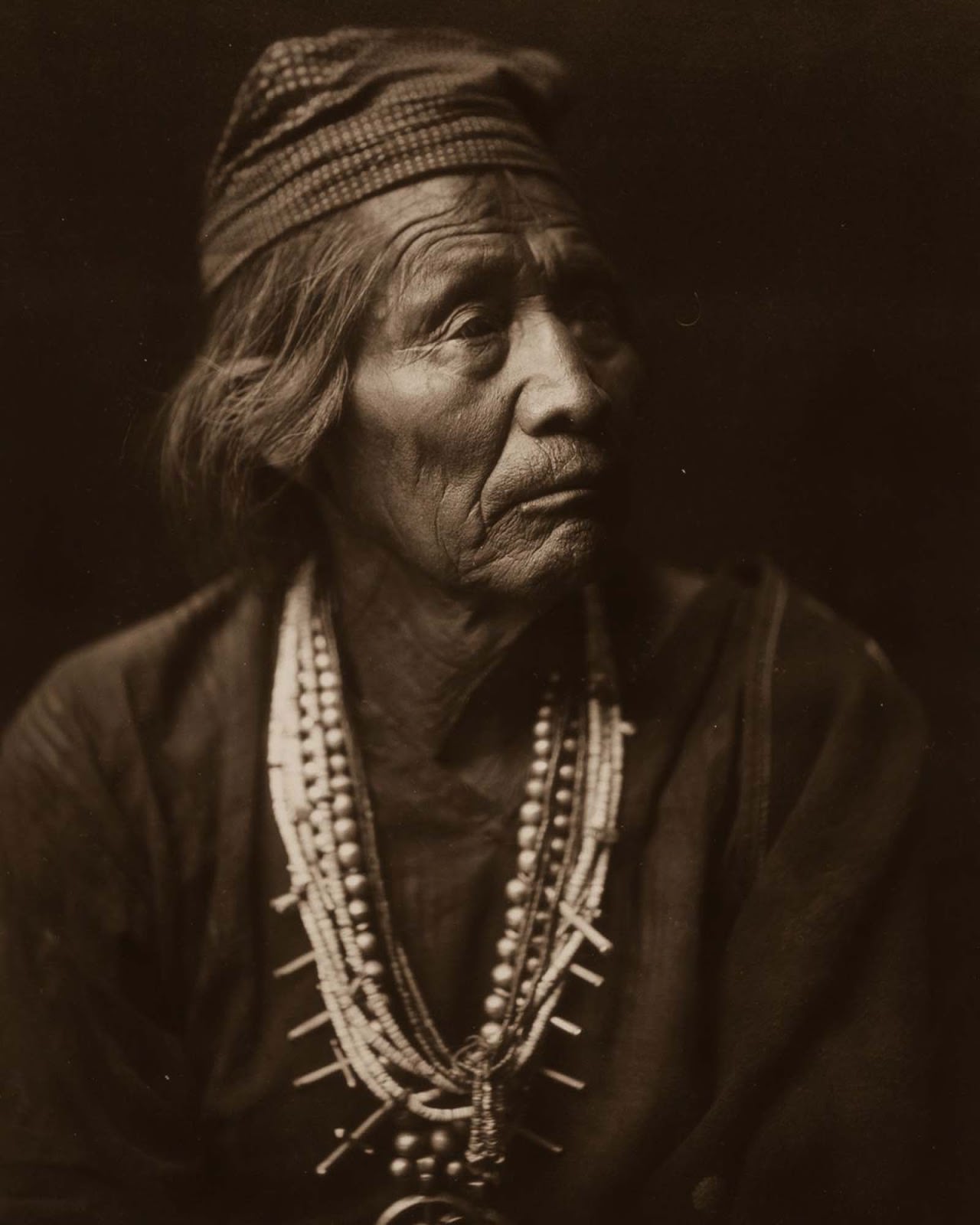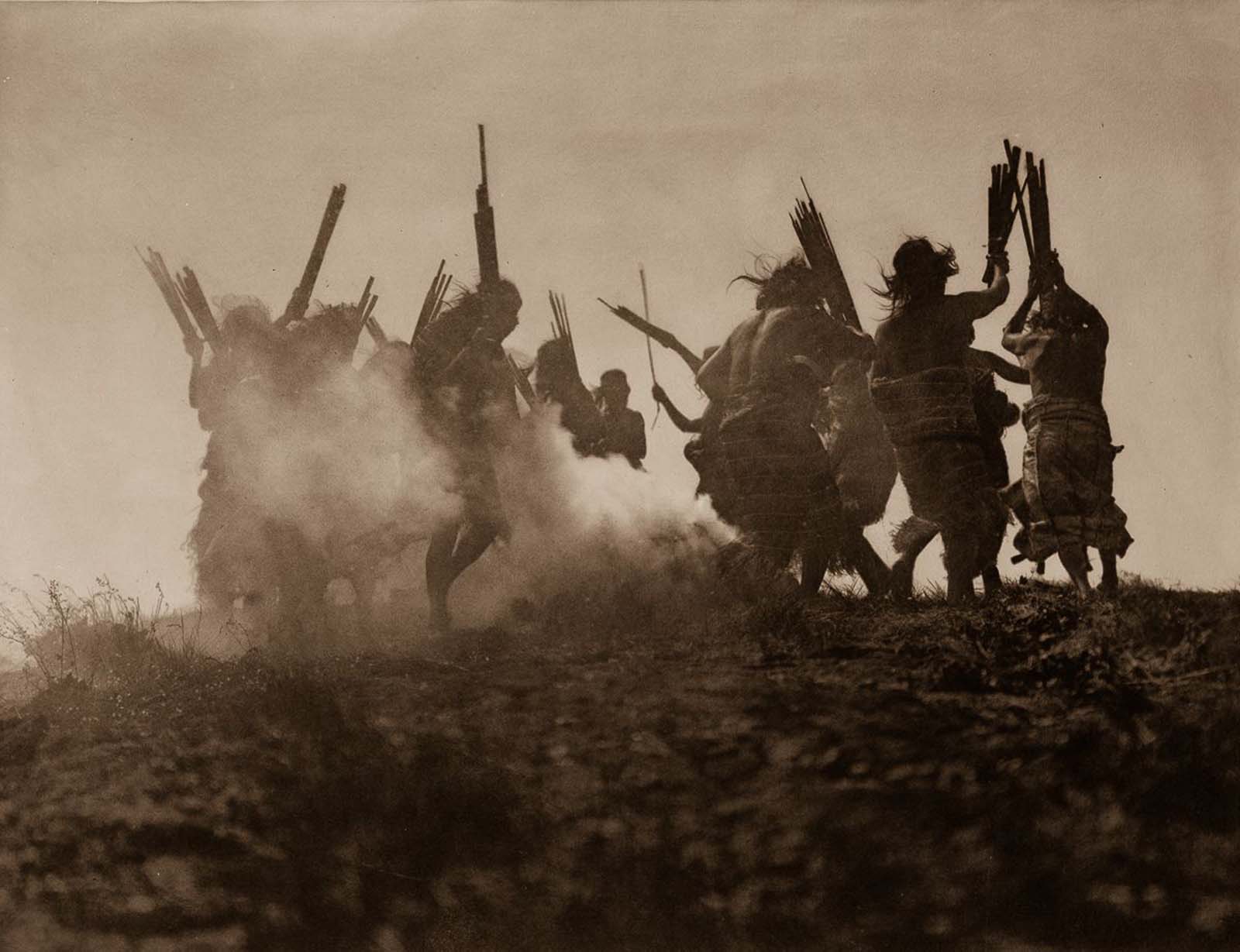Edward Sheriff Curtis is a talented photographer, who learned photography at an early age. In his early career, Curtis photographed Princess Angeline, the daughter of the Duwamish Chief Seattle, for whom the city was named. This project made him one of the best photographers to document Native American culture, and he also joined expeditions to visit the vanishing tribes in Montana and Alaska.
In 1906, wealthy financier J.P. Morgan approached him for a project called “The North American India.” This project includes photographing the remaining Native American tribes of the time, including Red Cloud, Geronimo, Medicine Crow, and many more. Curtis set out on a journey with his hulking 14-inch-by-17-inch camera and a trail wagon with assistants who arrange visits to different tribes. This journey was not an easy task; it required a lot of patience and hard work that include meeting with suspicious people and warriors, impassable roads, scoring heat of the Mohave desert. But Curtis managed to endear along with his crew to the tribes with whom he photographed.
Curtis wanted to document the culture, everyday life, famous personalities, and lifestyles so that the viewers can see the ancestors and their heritage in the photographs. He organized reenactments of battles, traditional ceremonies, hunting techniques among the tribes to document them. The Native Americans granted his request and named him “Shadow Catcher.” Along with photographs, the crew also recorded over 10,000 recordings of native songs on wax cylinders and speeches in their native languages. Curtis’ work is one of the most astonishing historical records of Native American life from the early 20th Century.
The following photographs provide a glimpse into the everyday life of Native American culture in the early 20th Century, captured by Edward Curtis.
Also check, colorized photos of Native Americans from 19th and 20th century.


